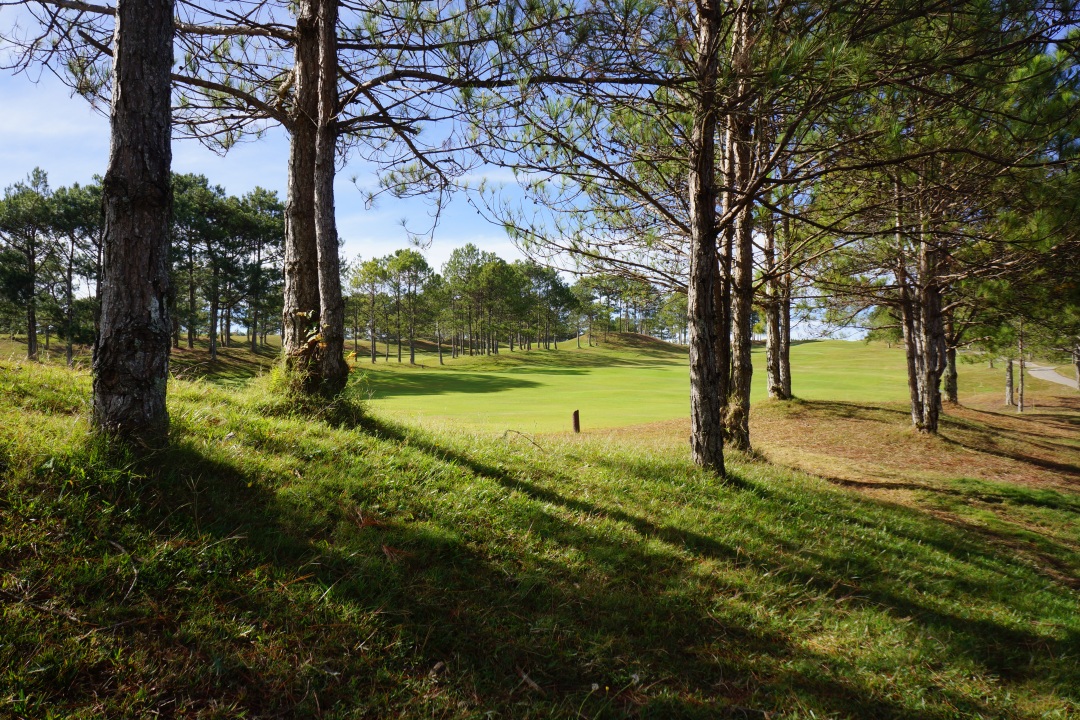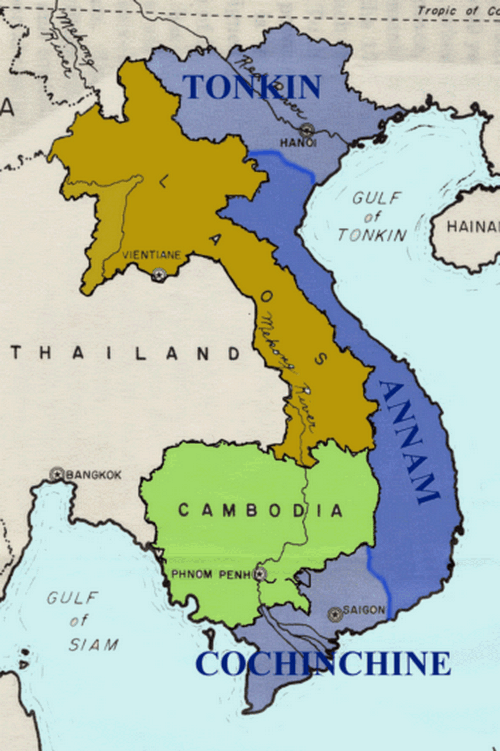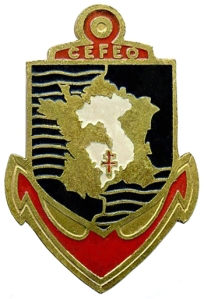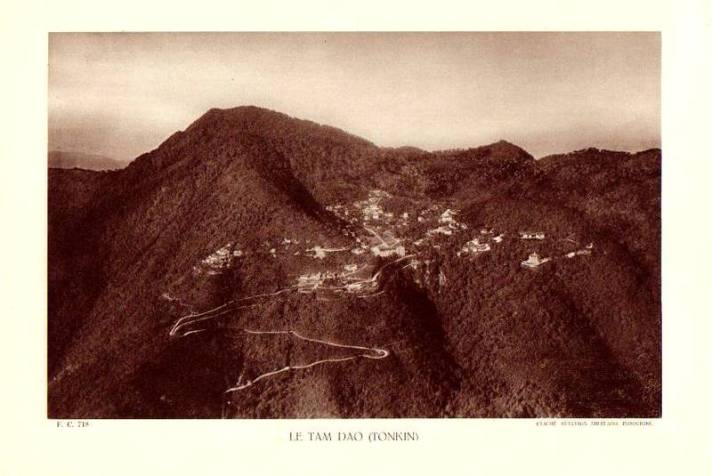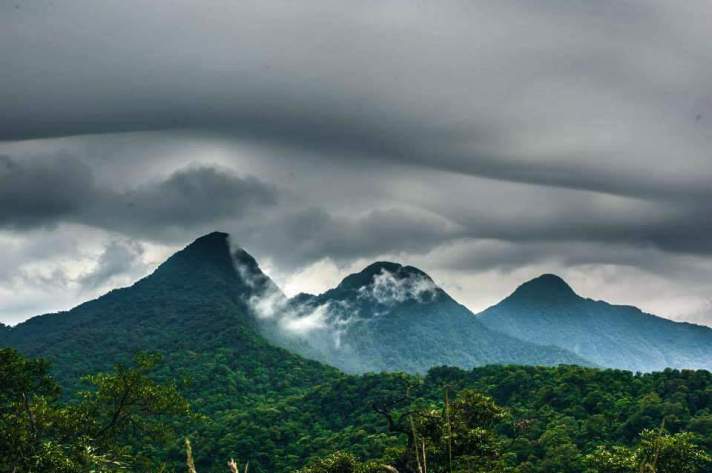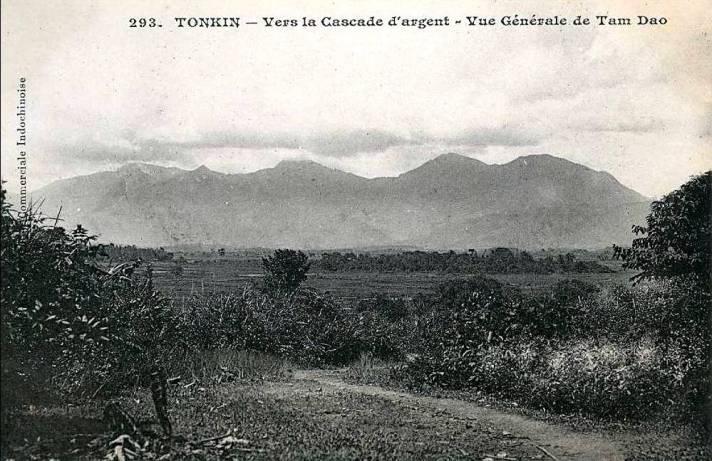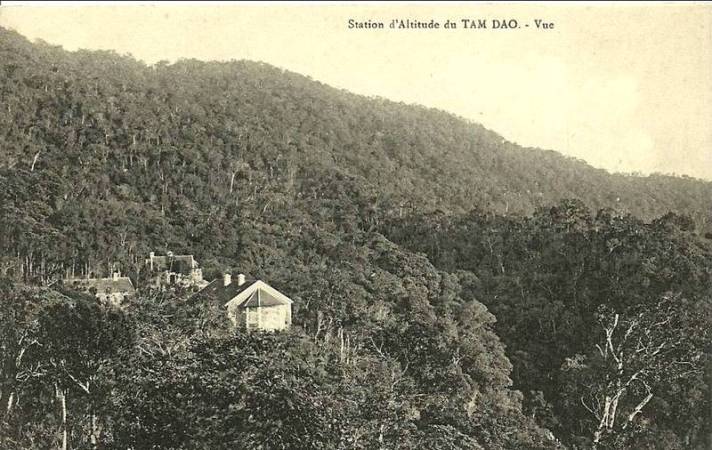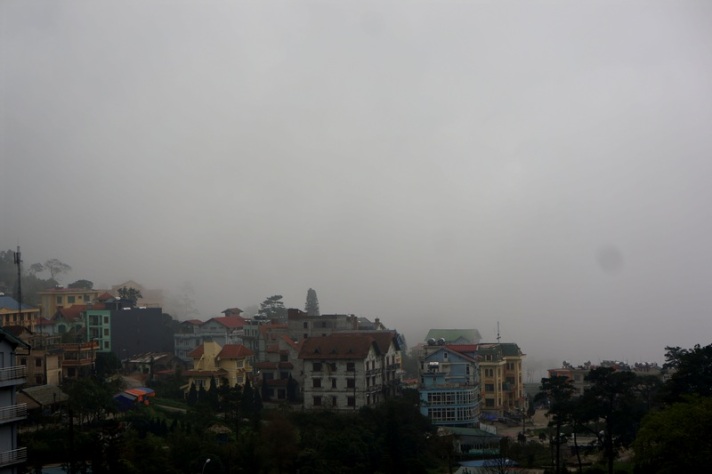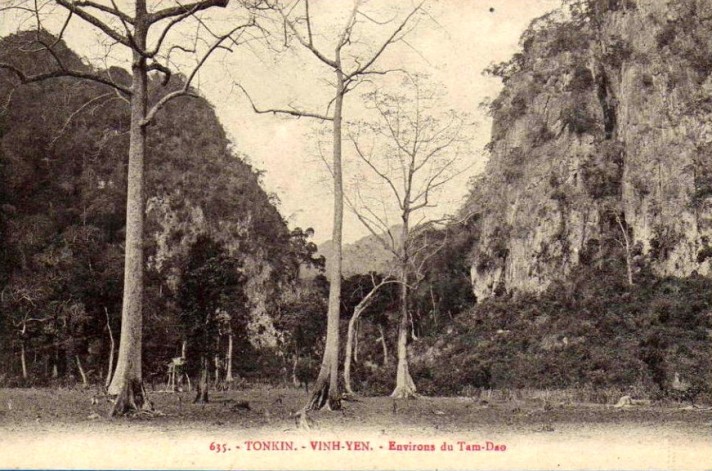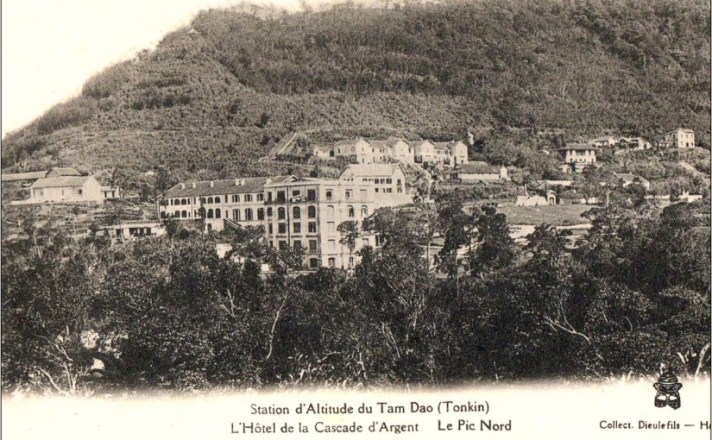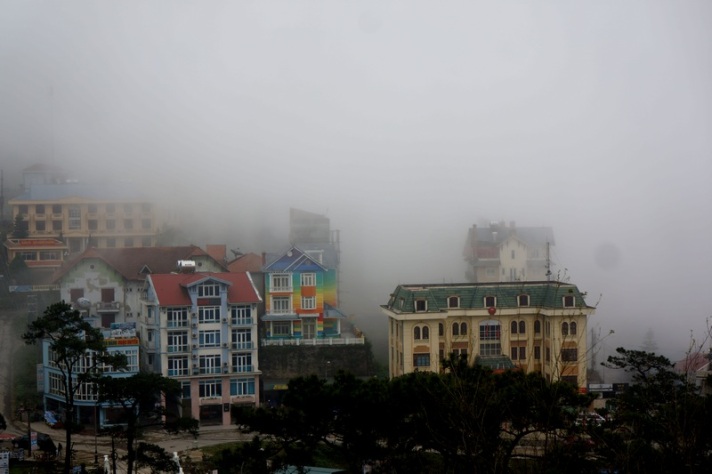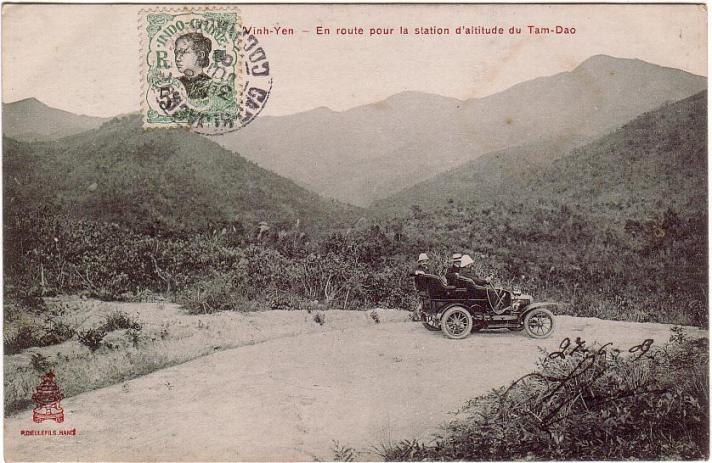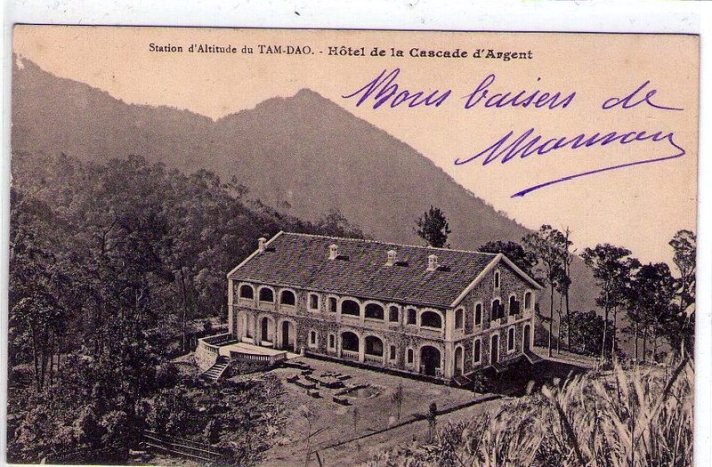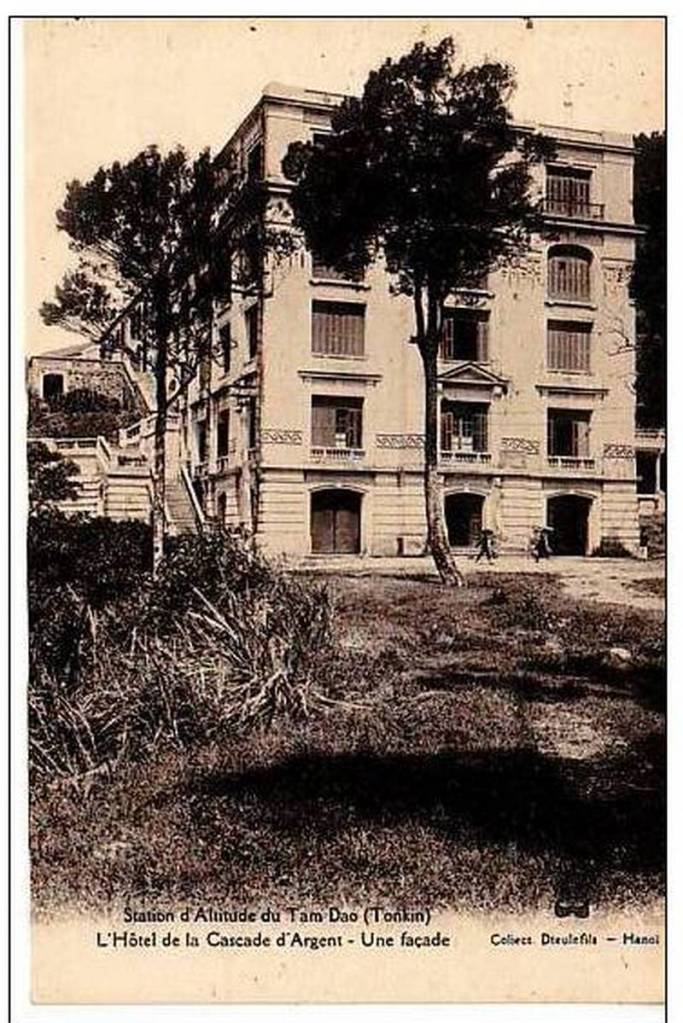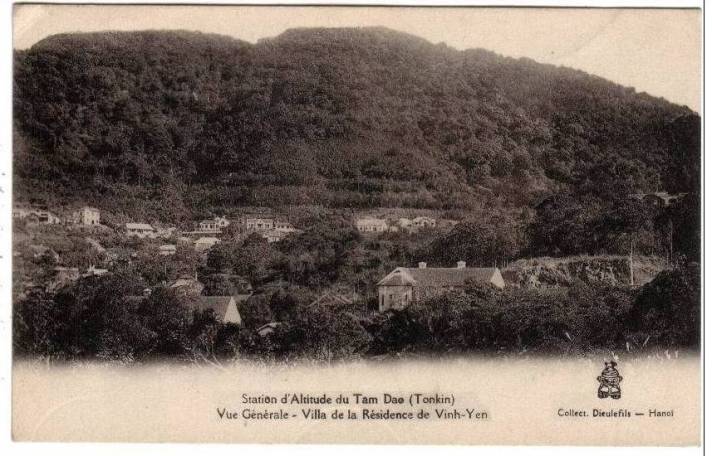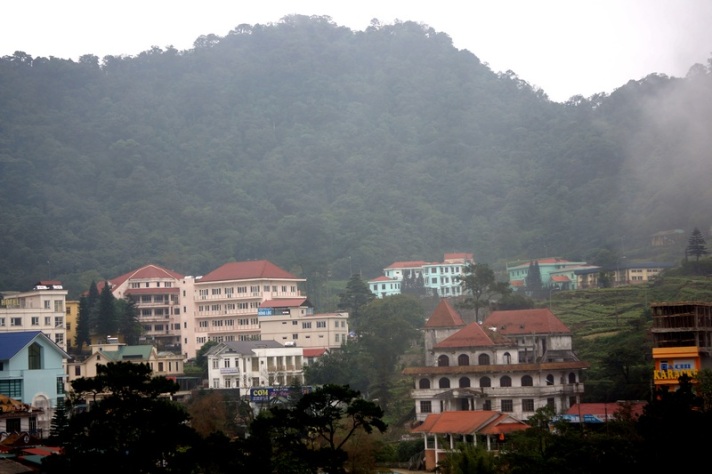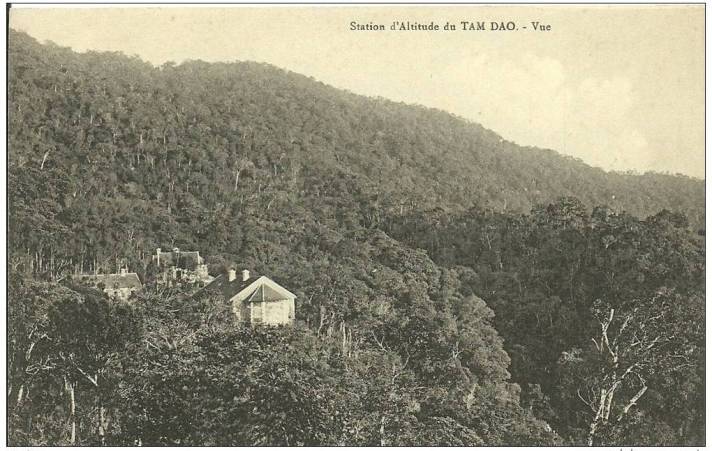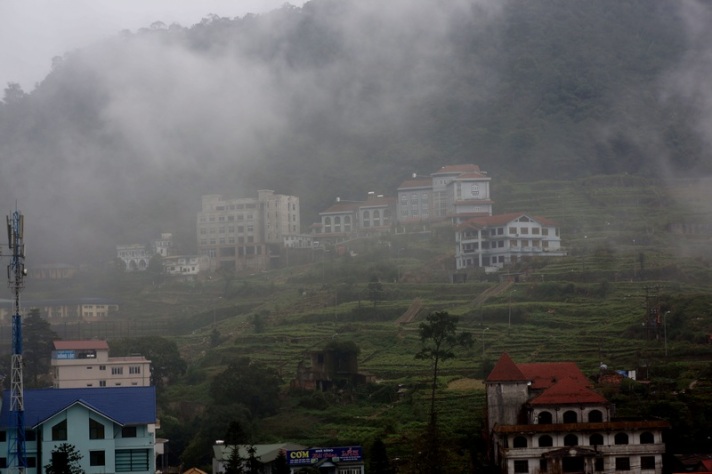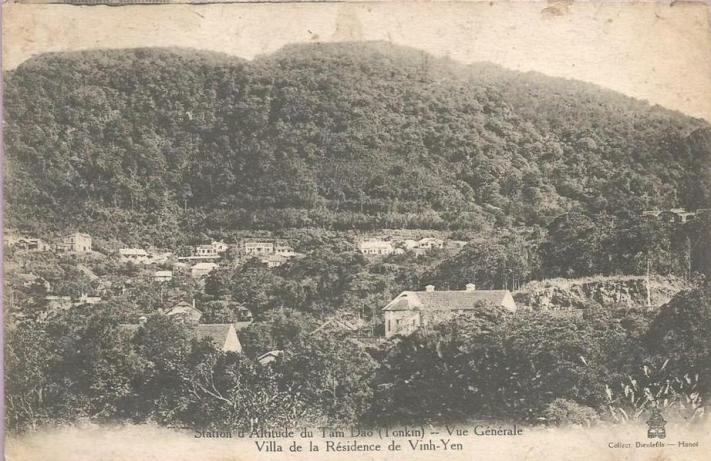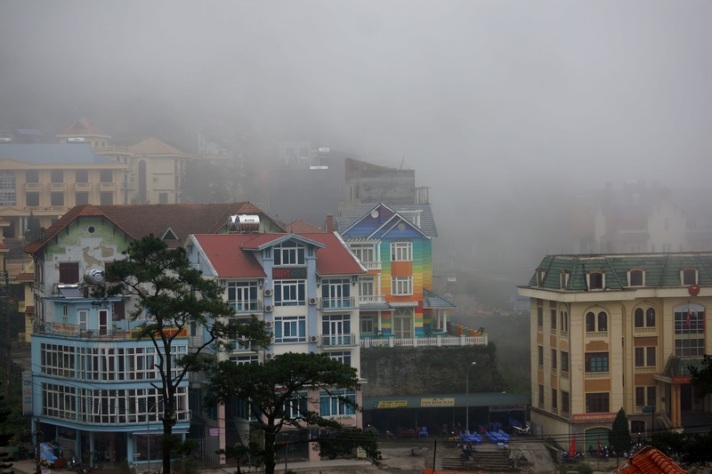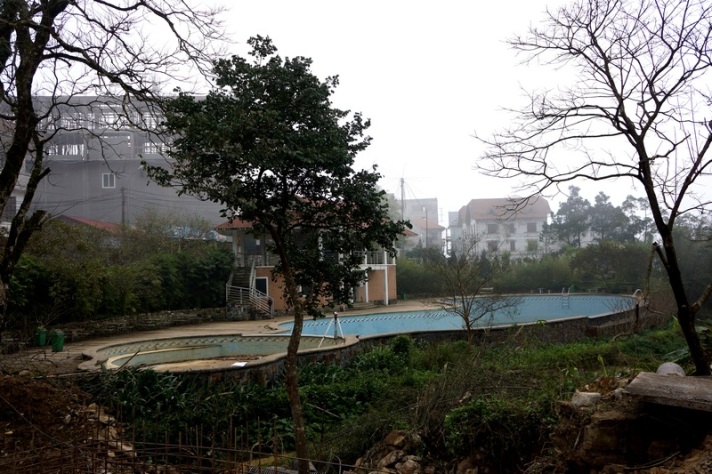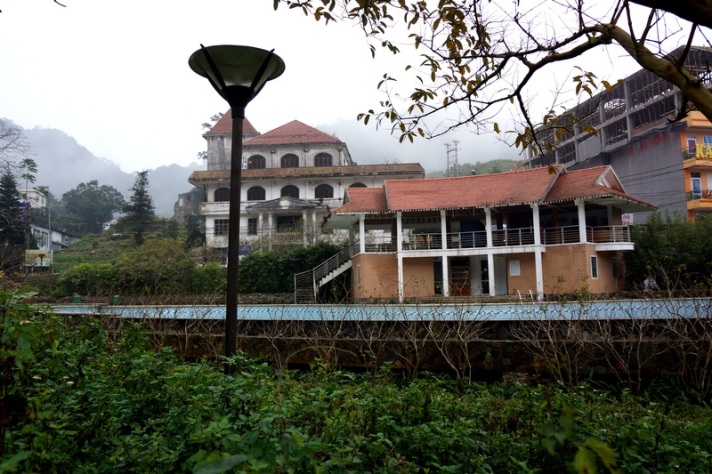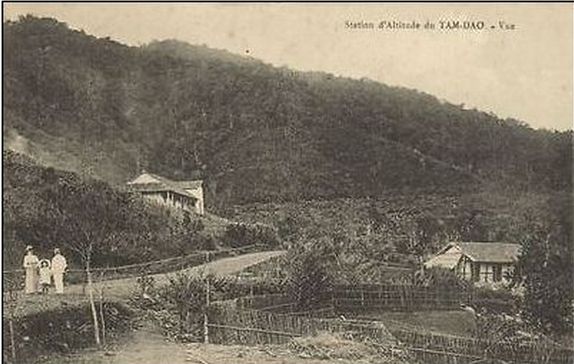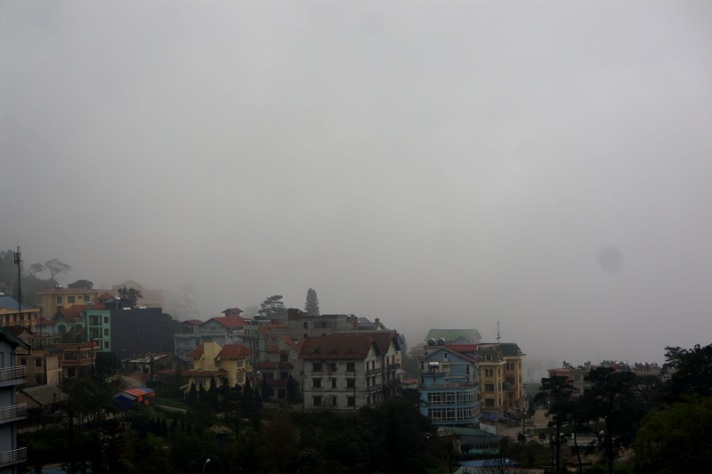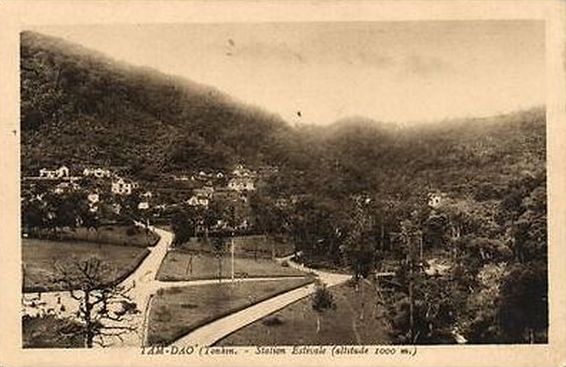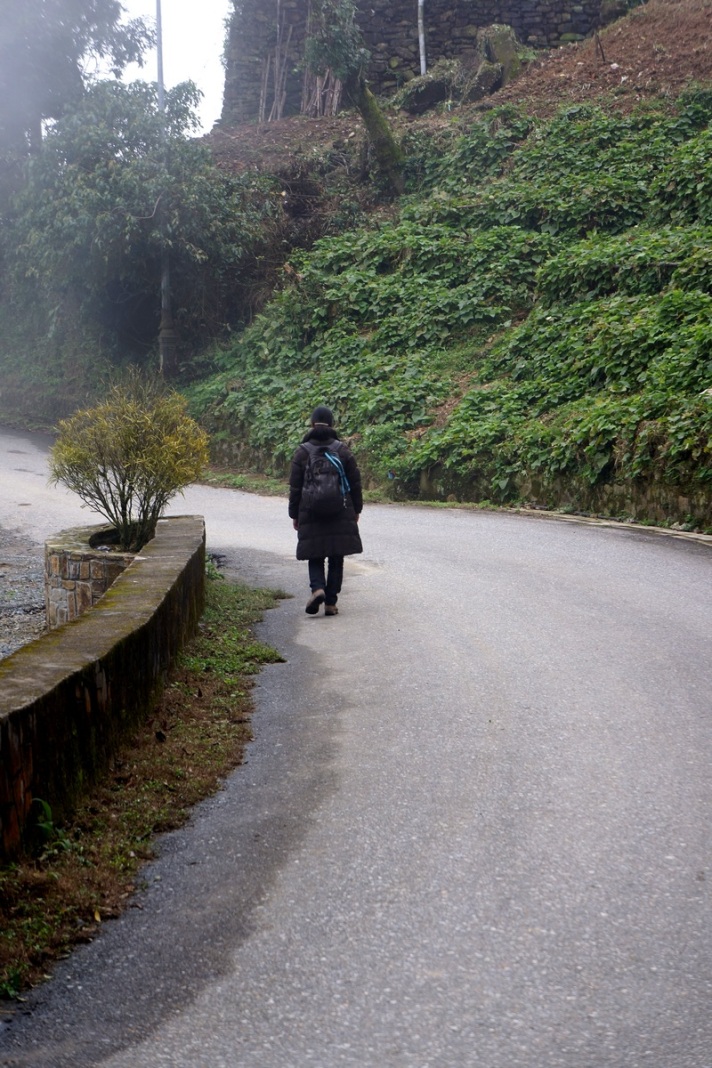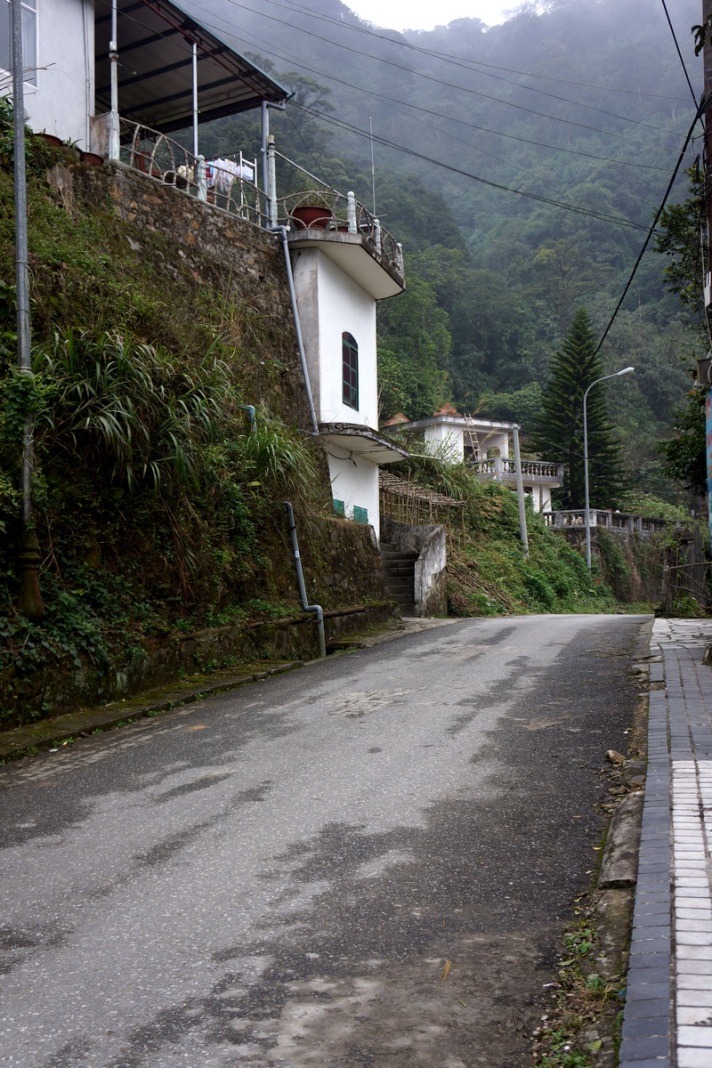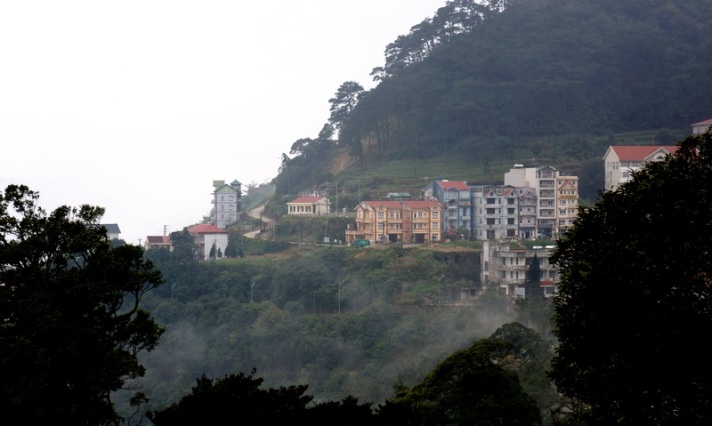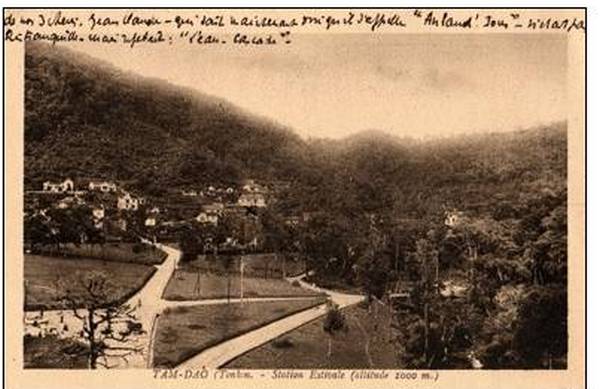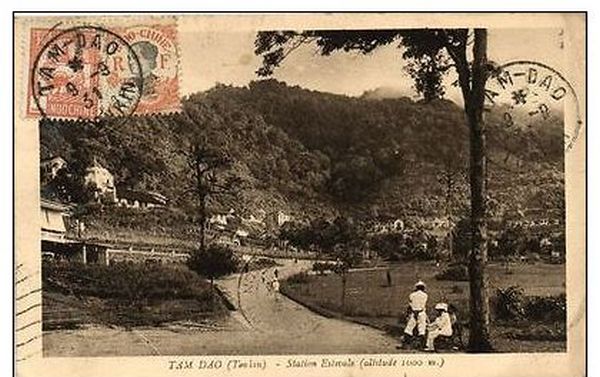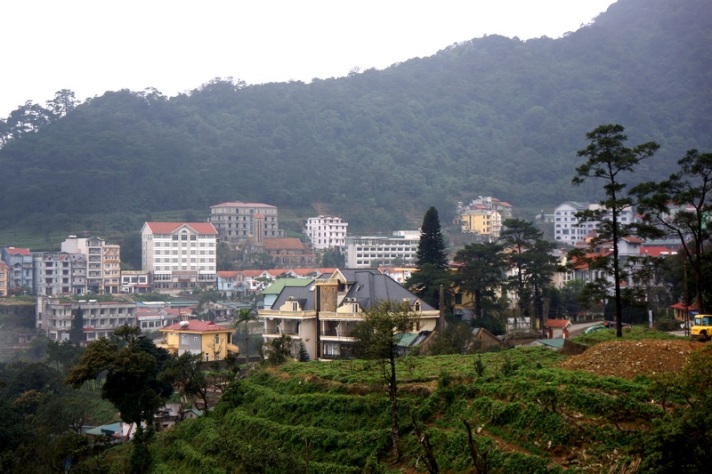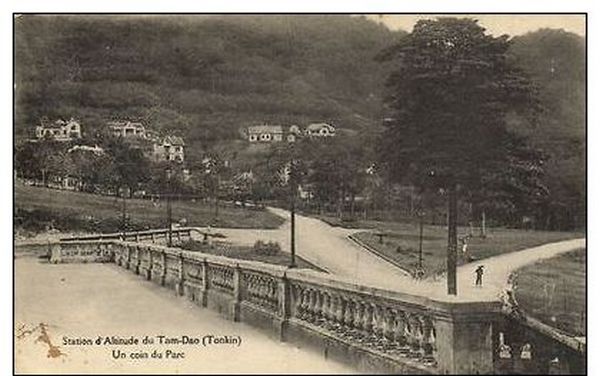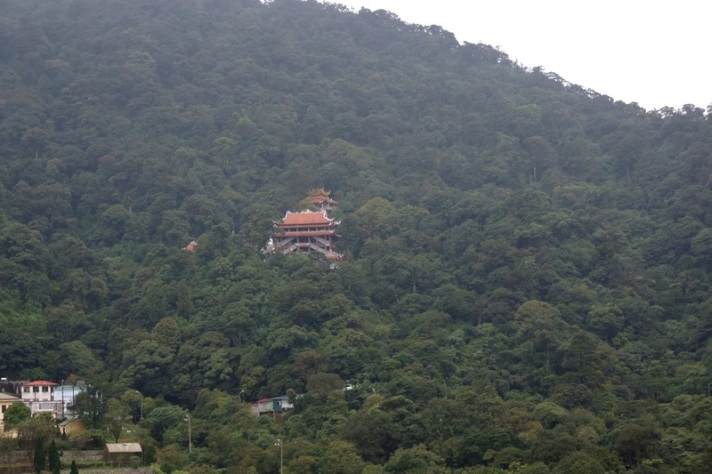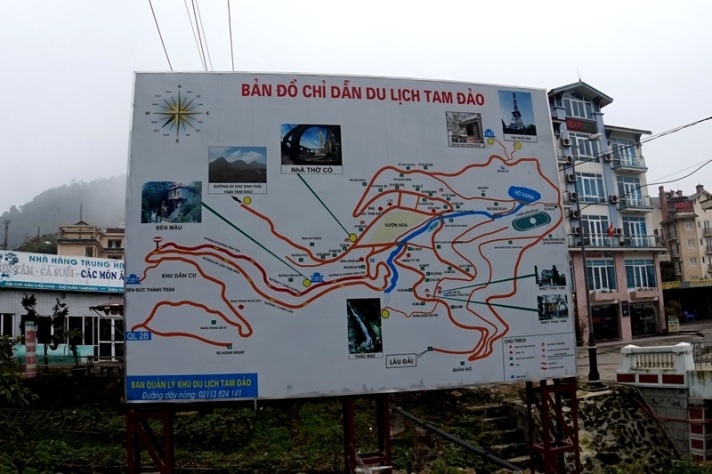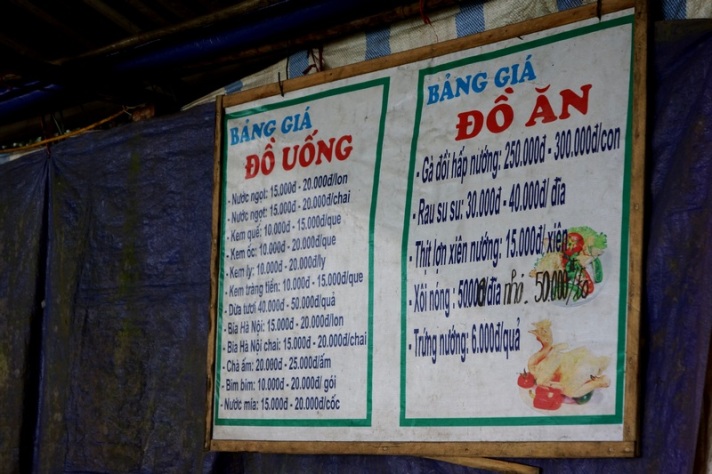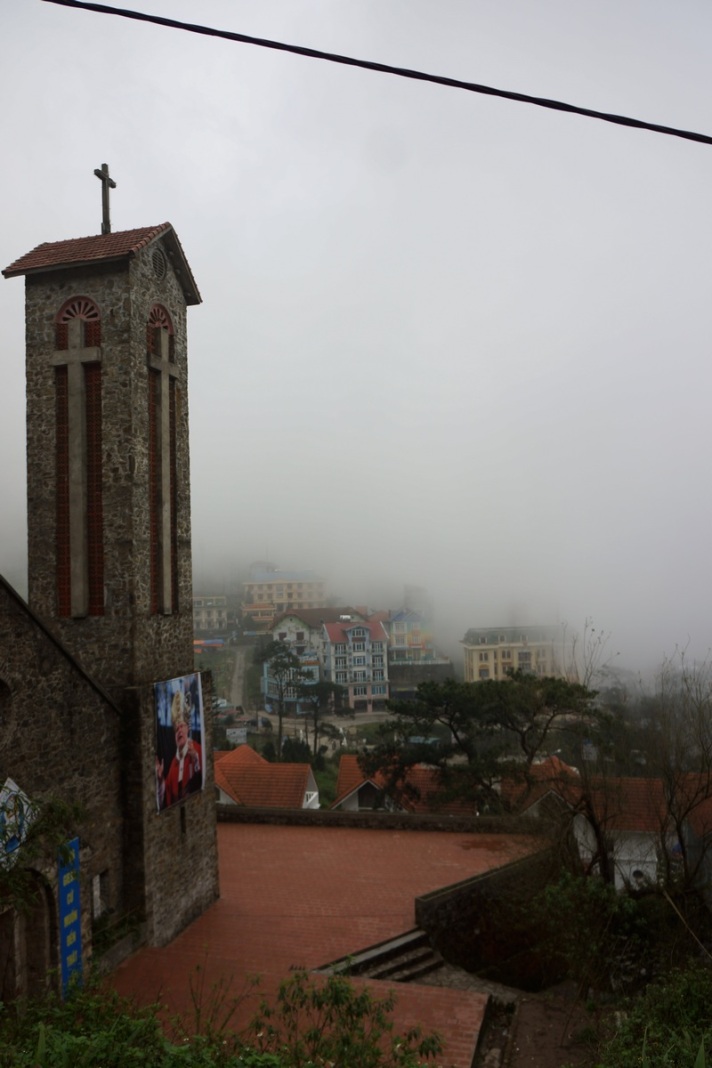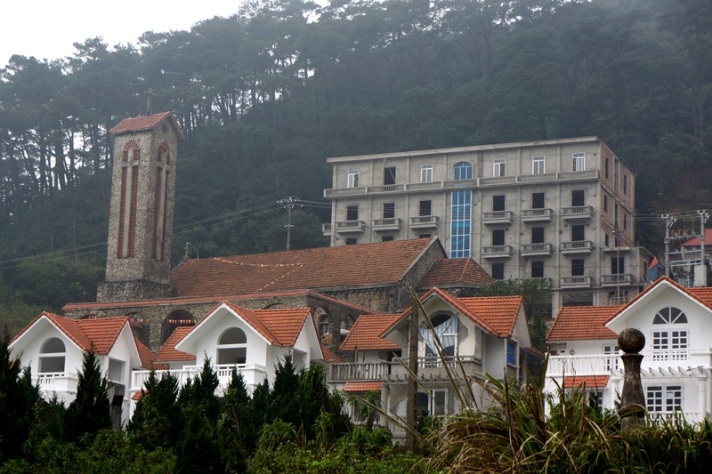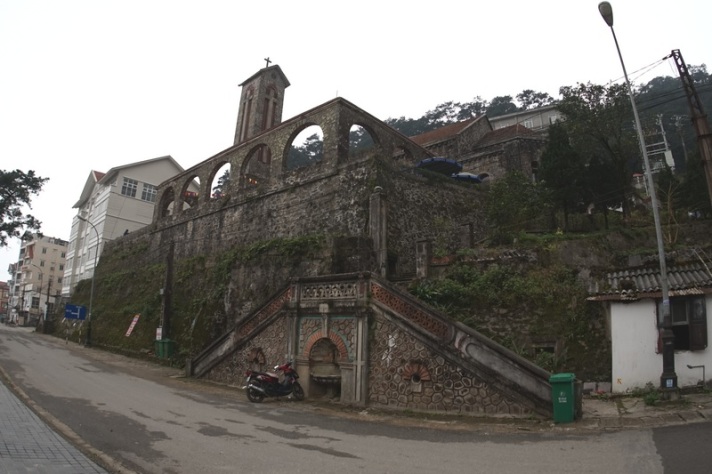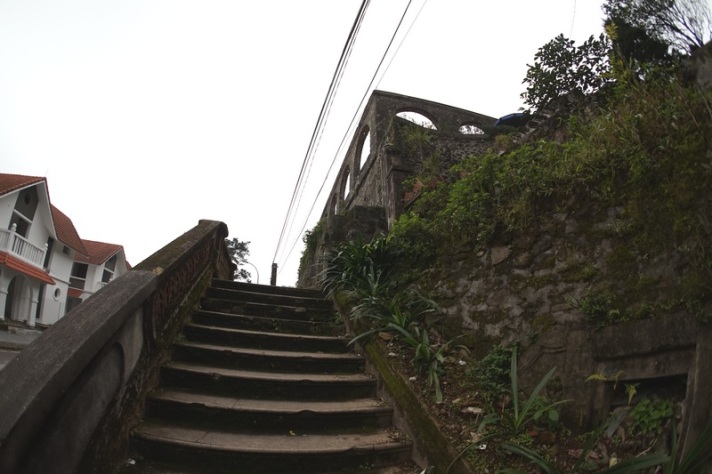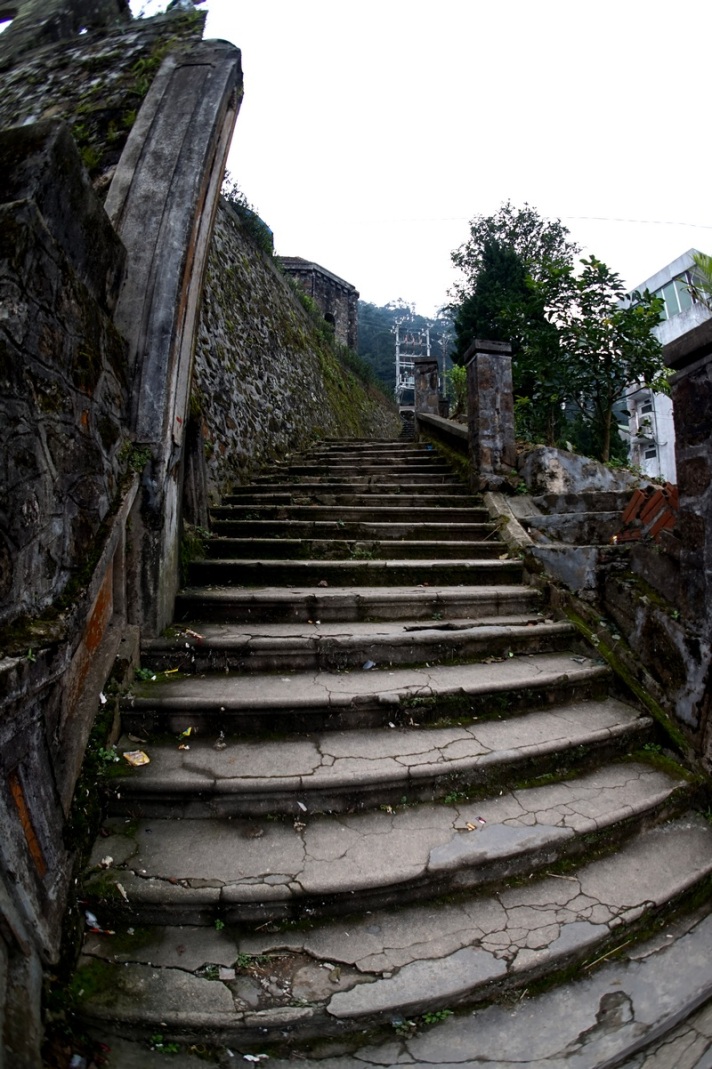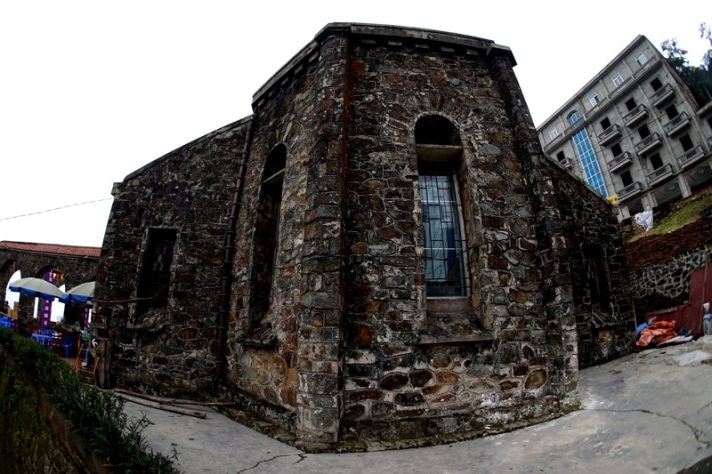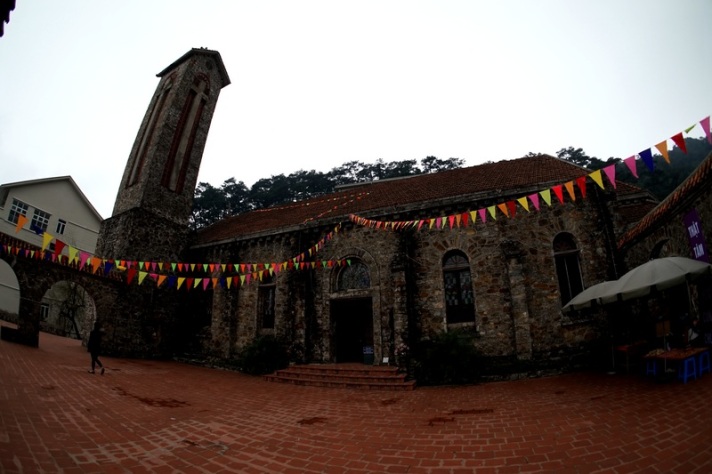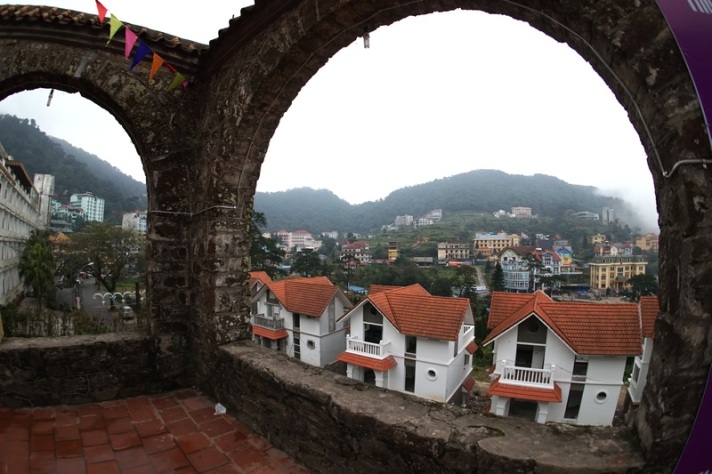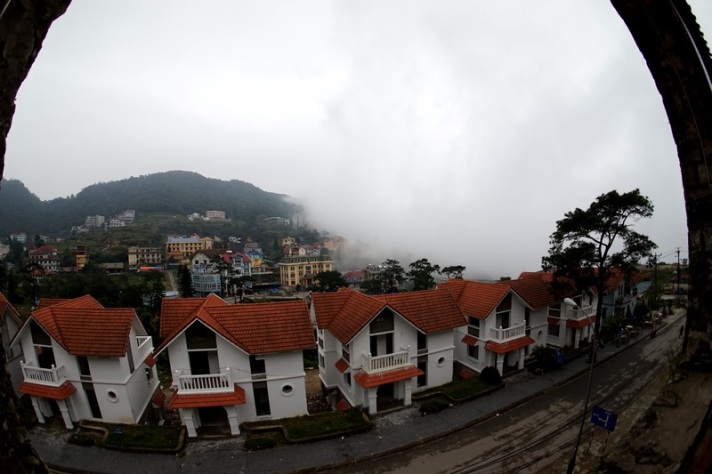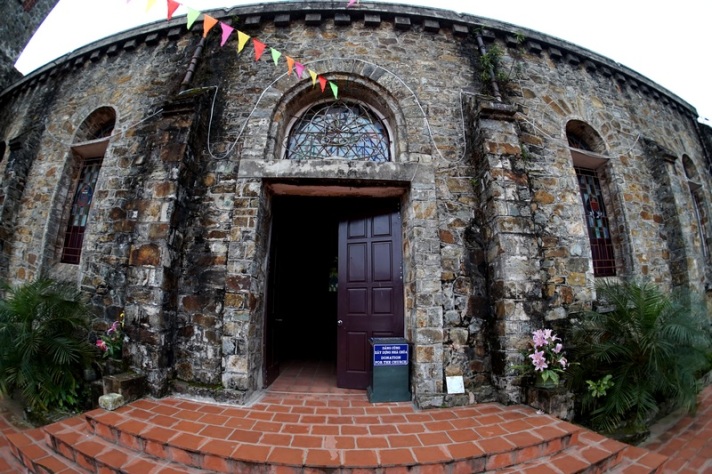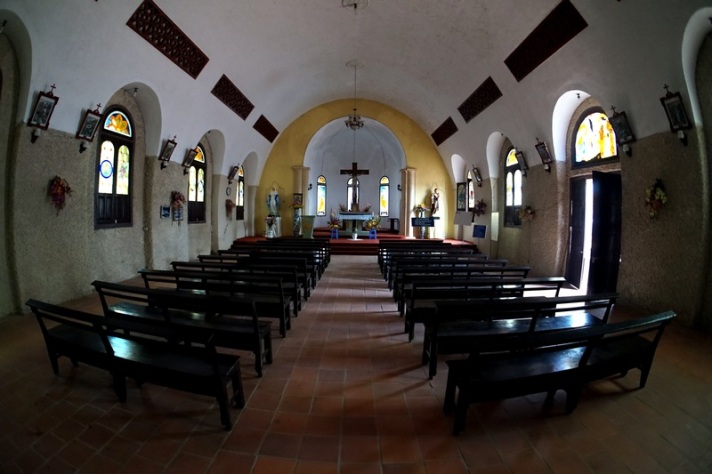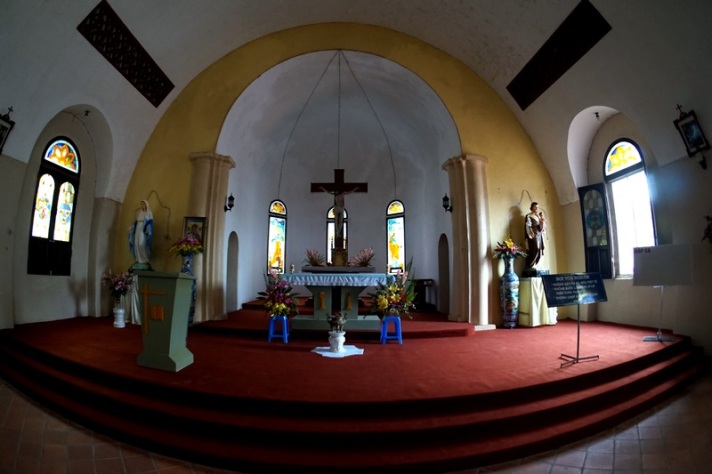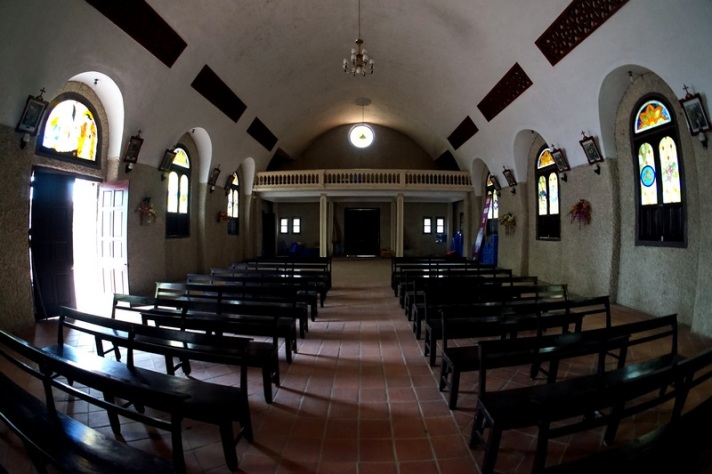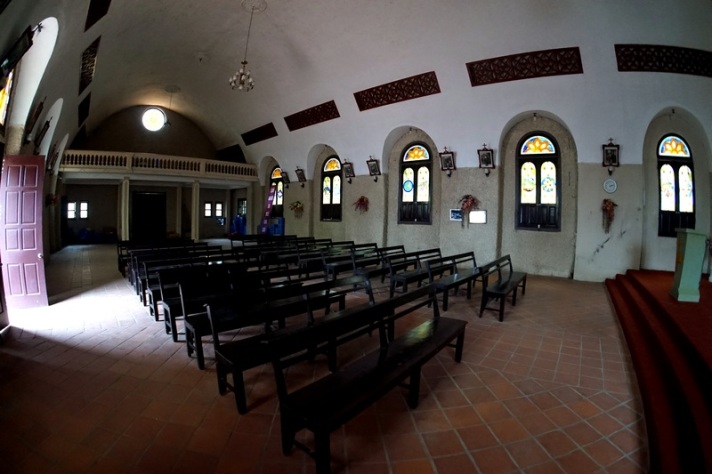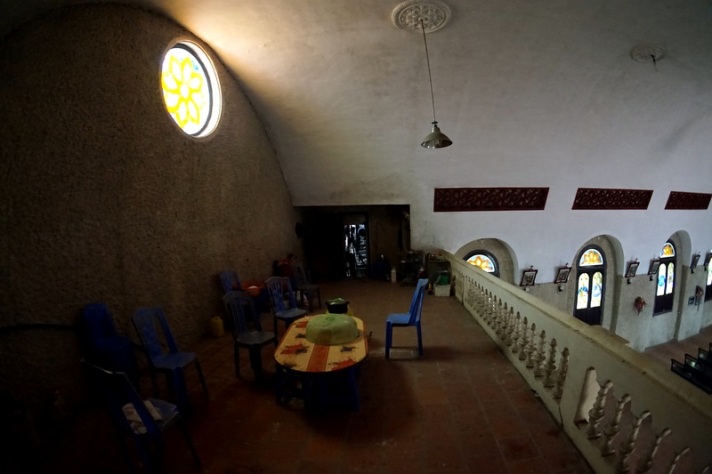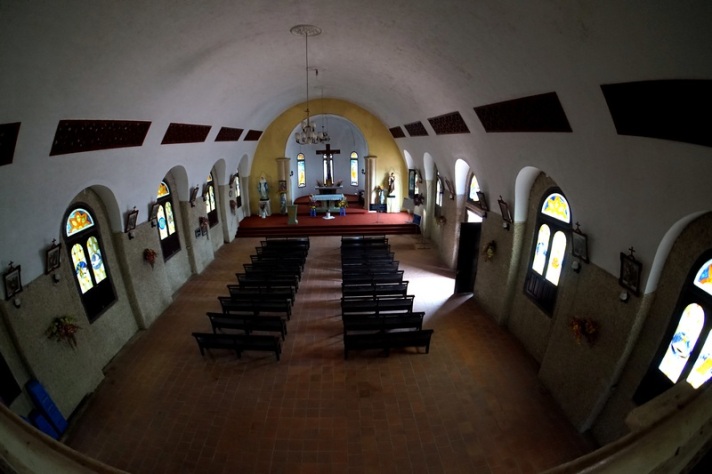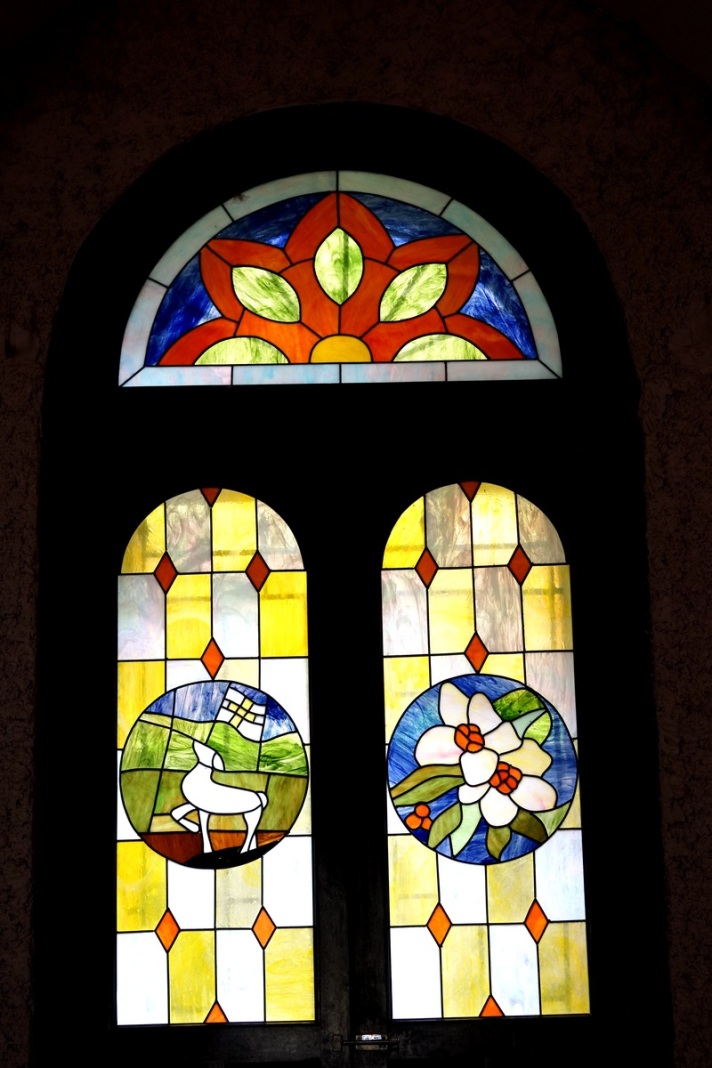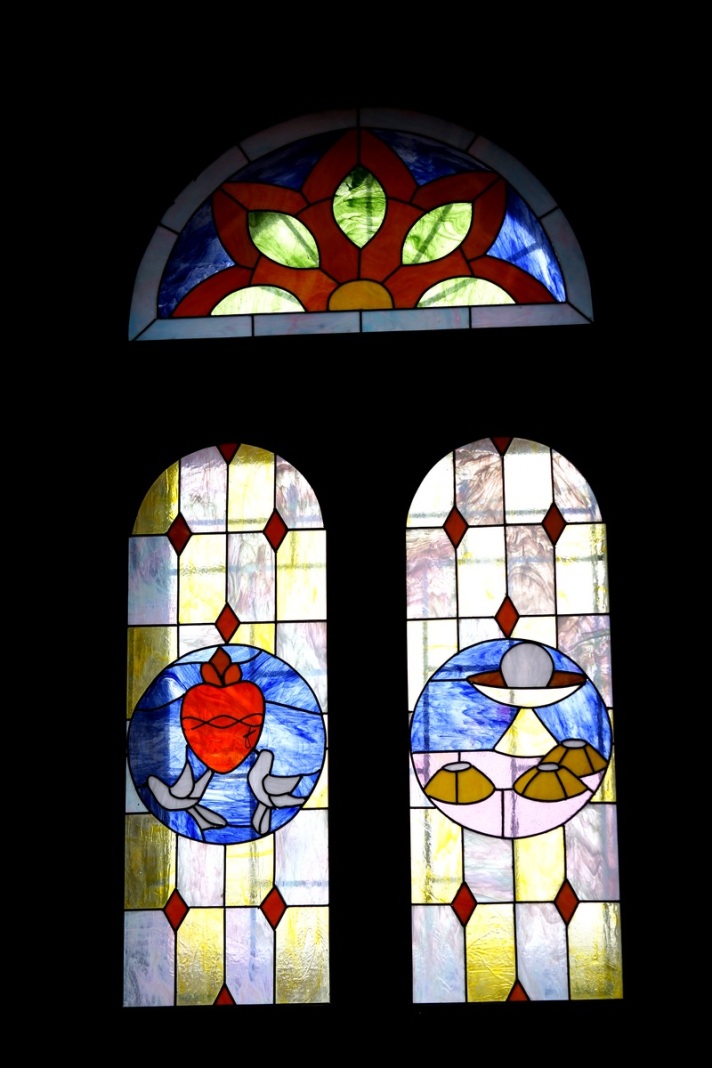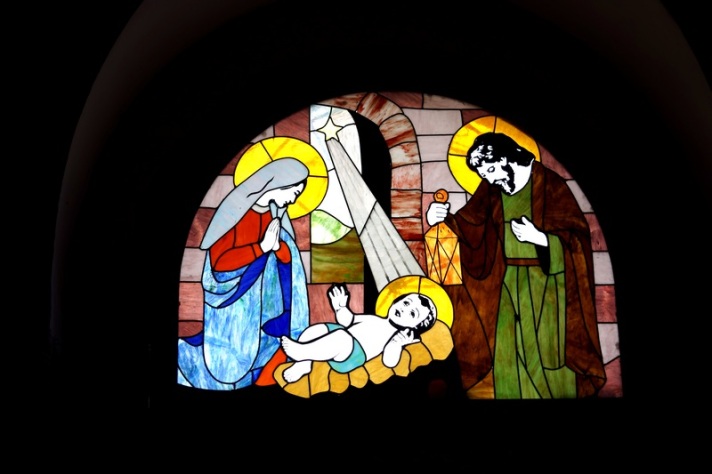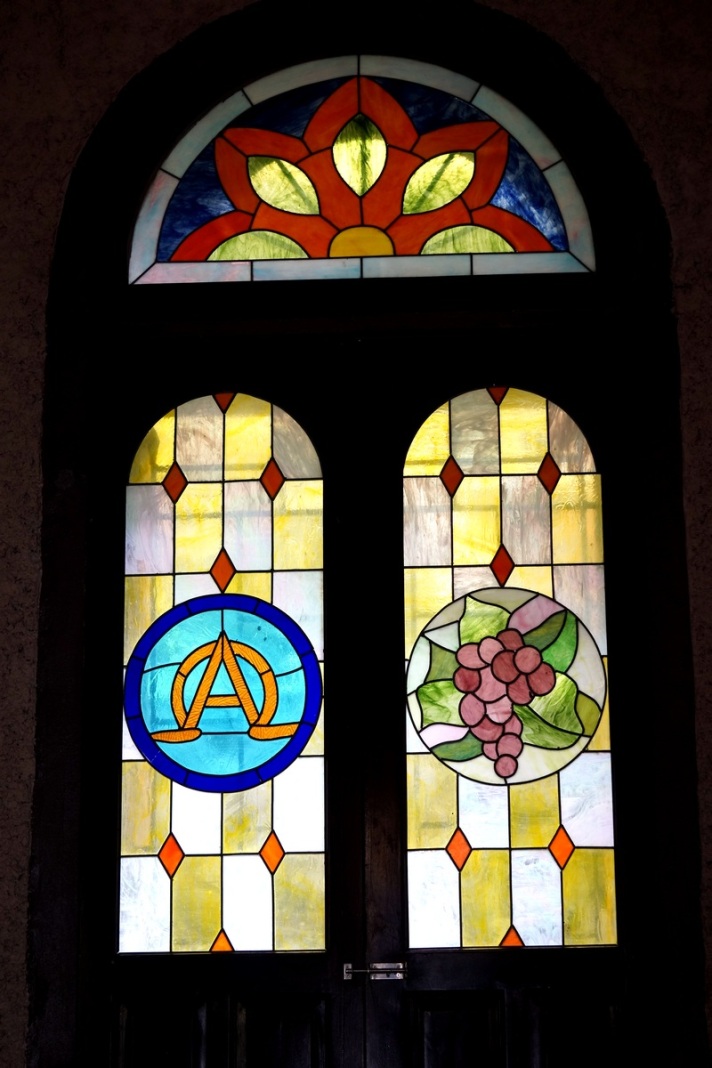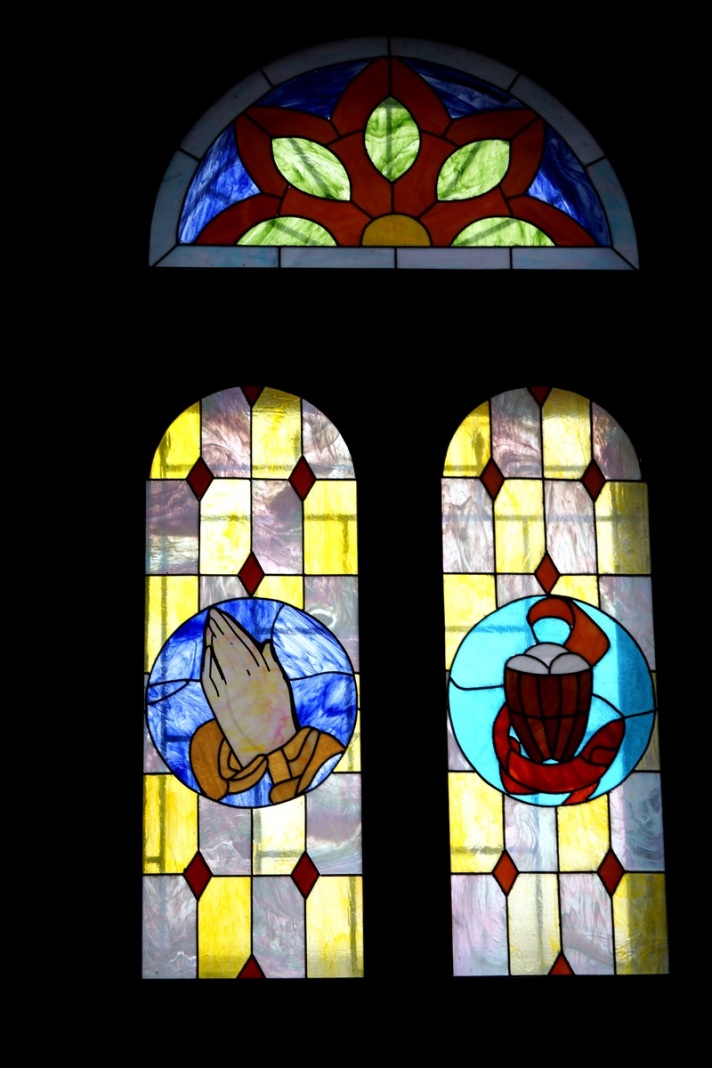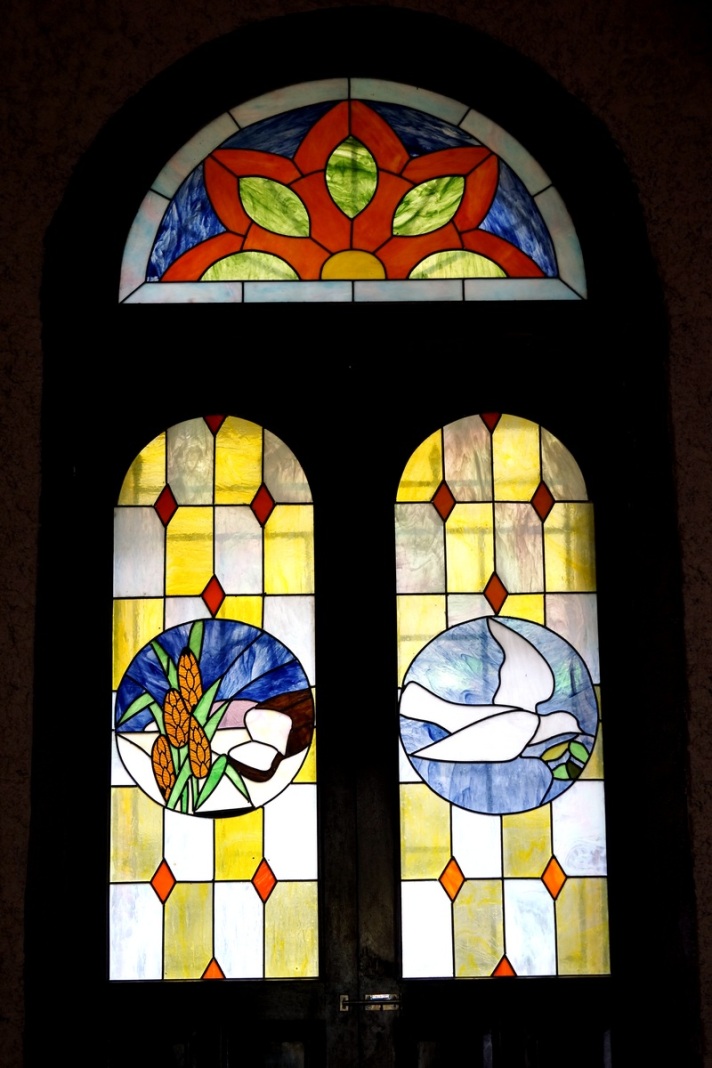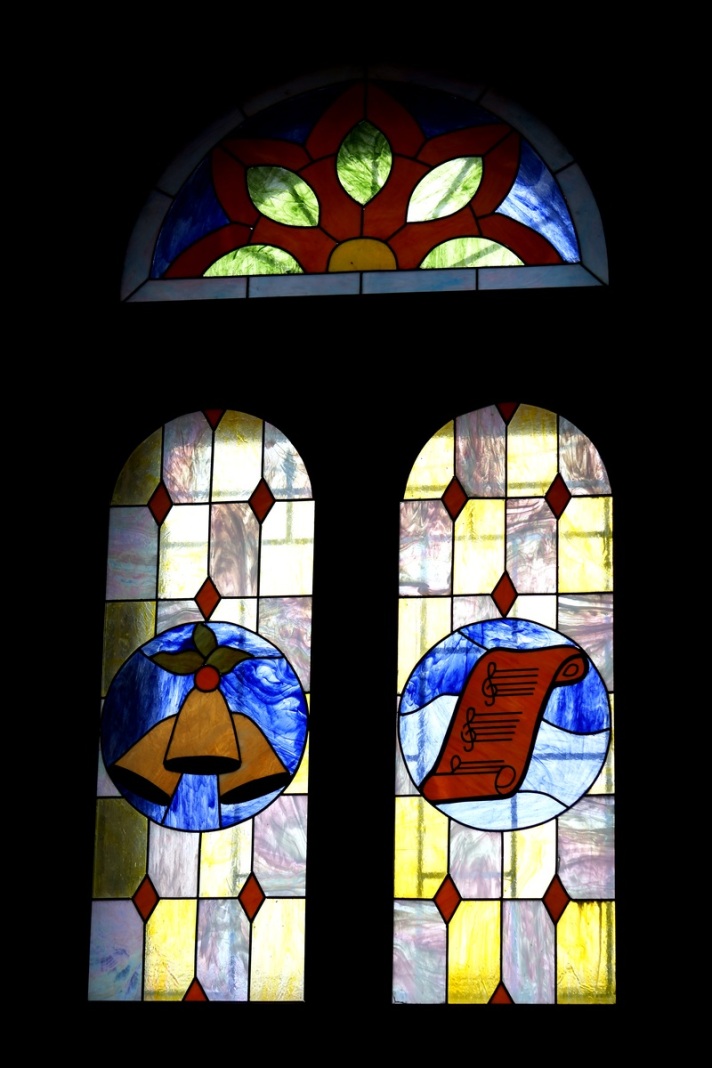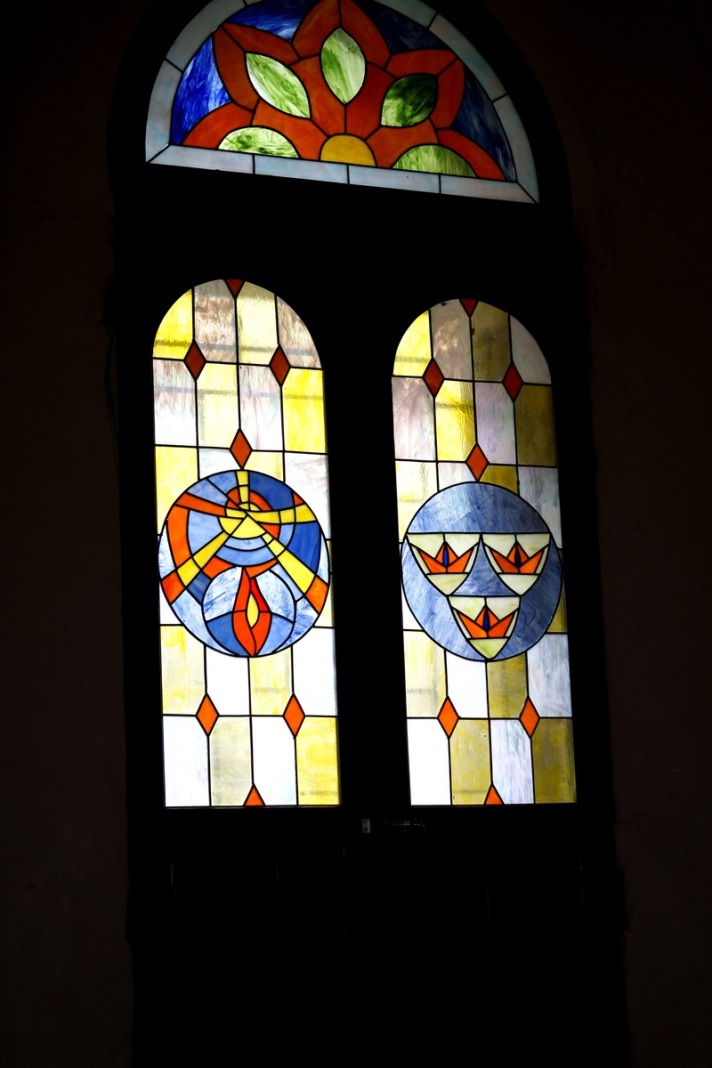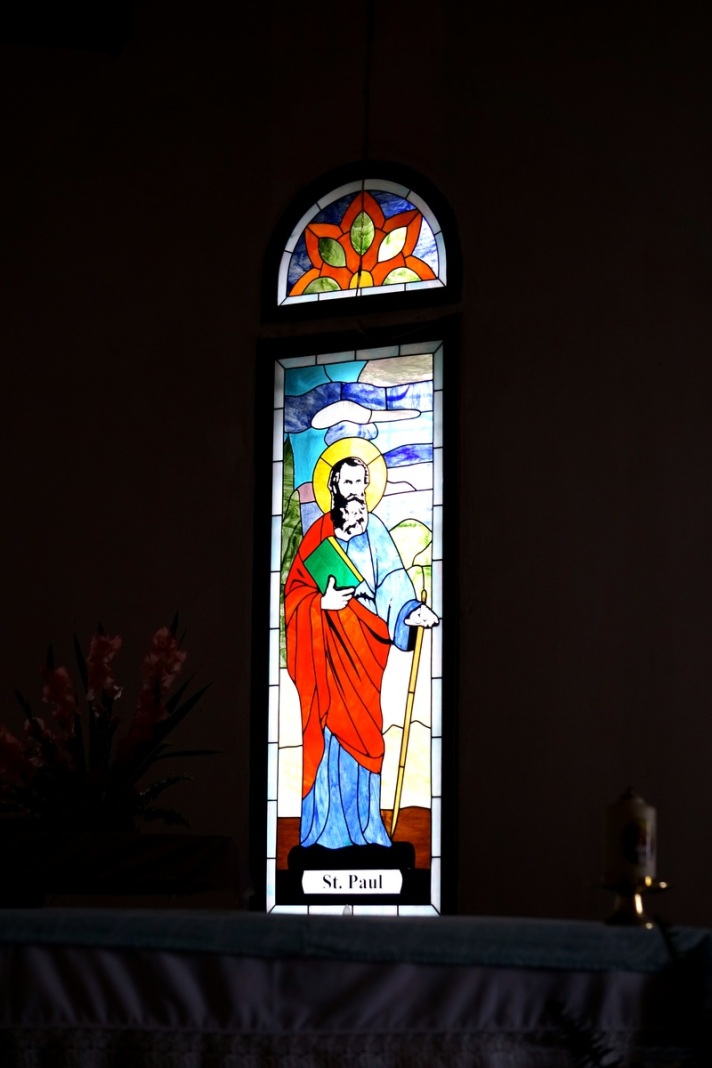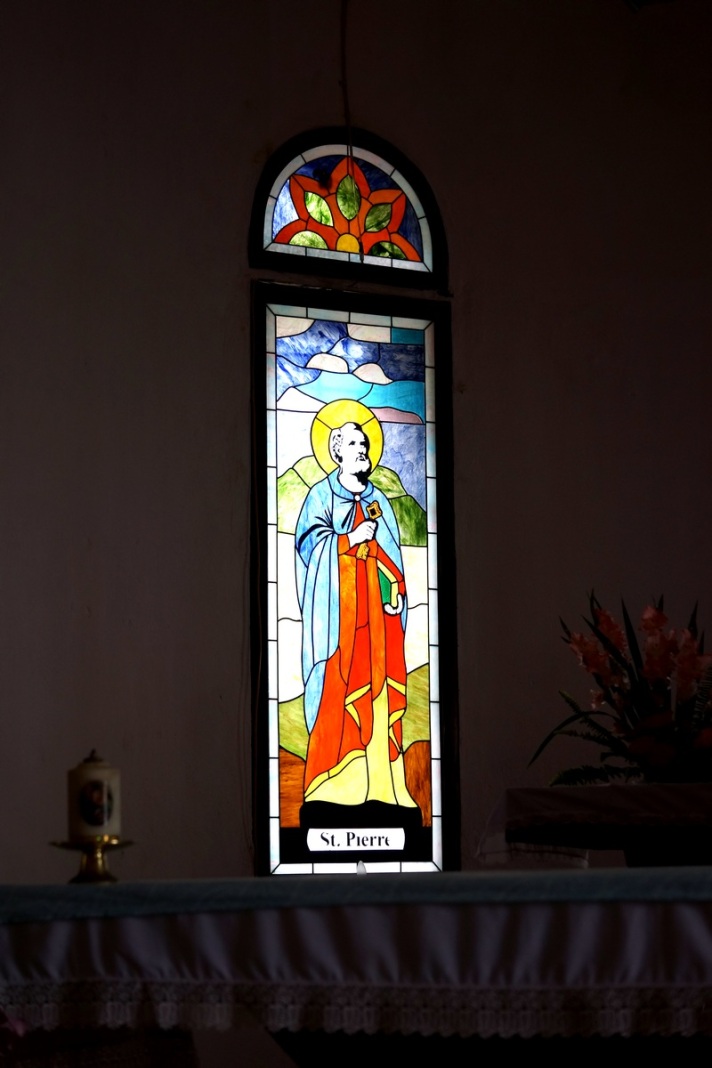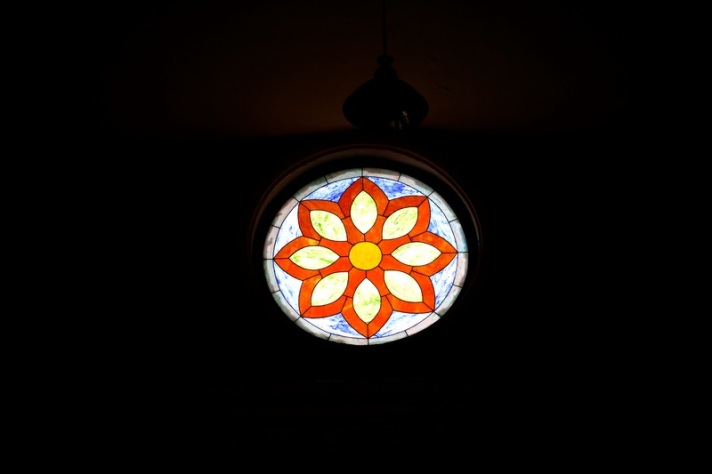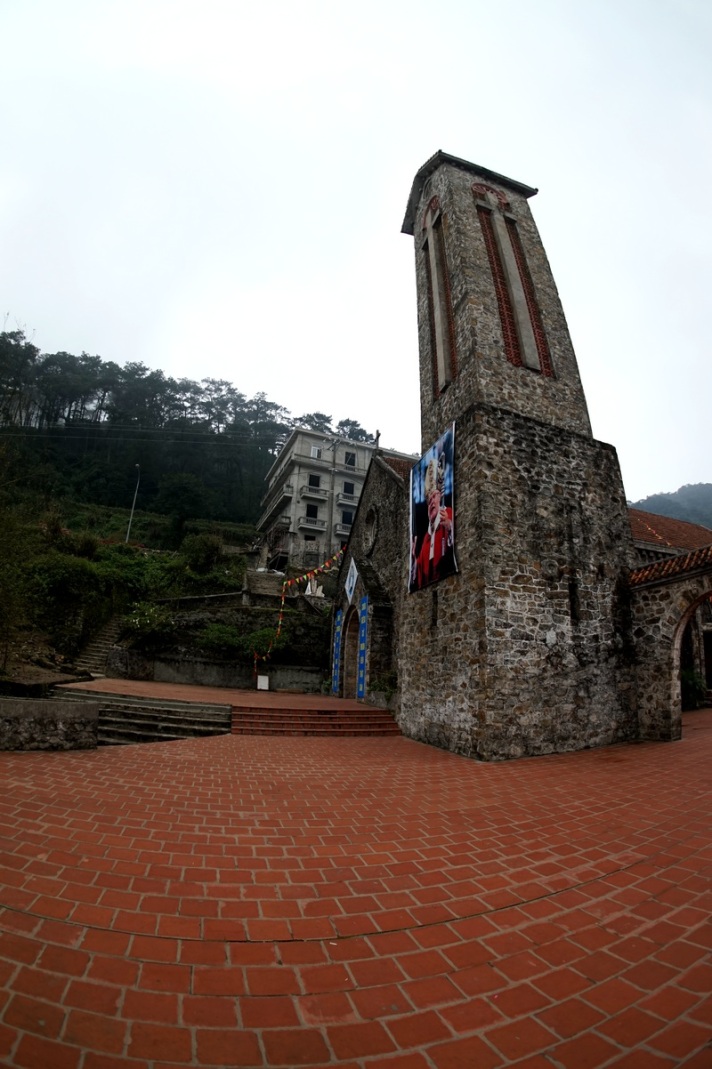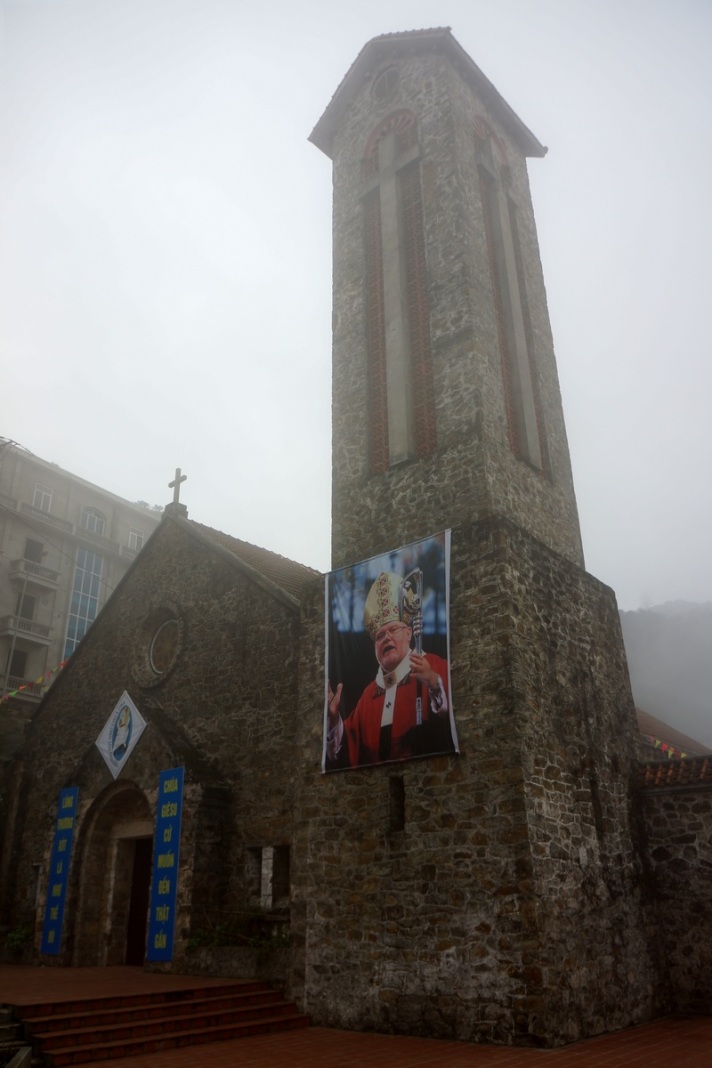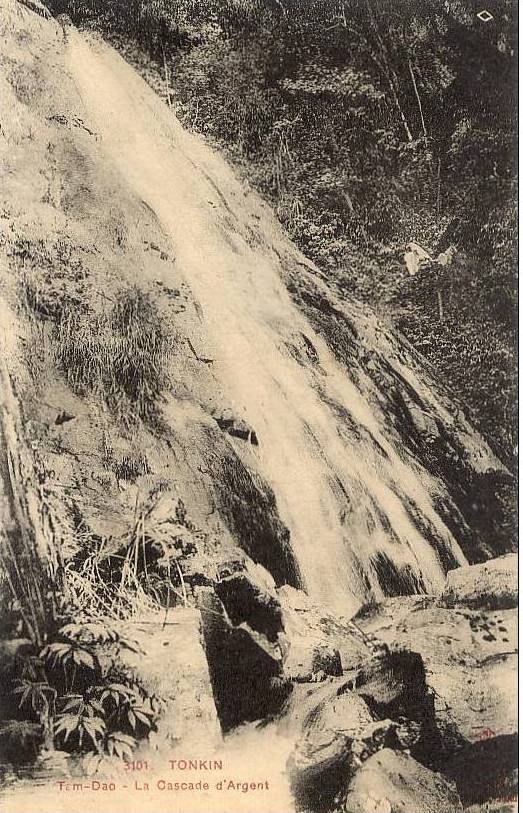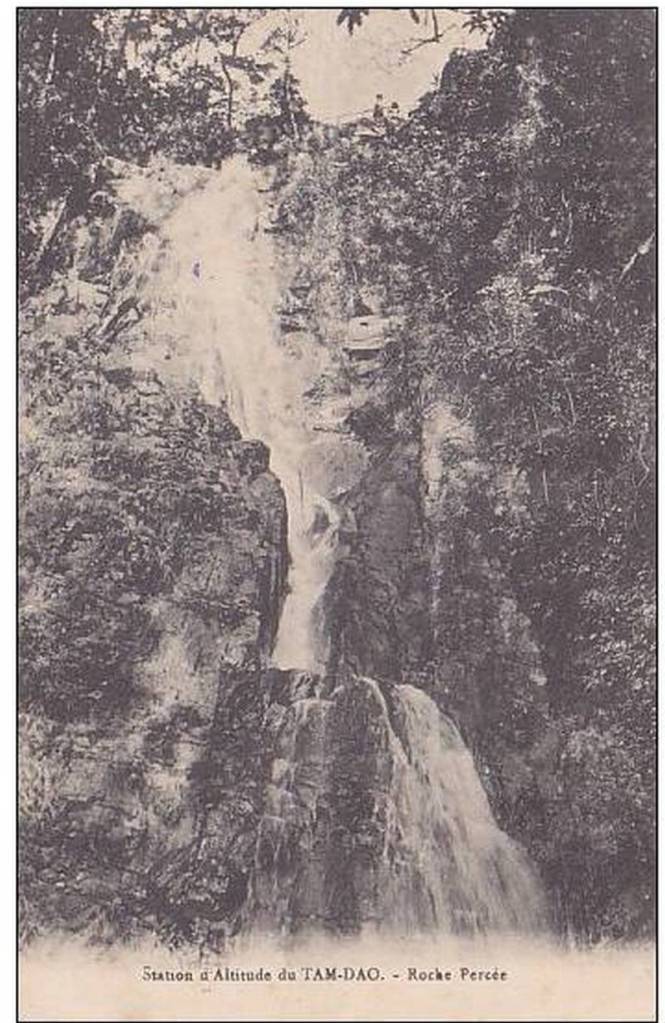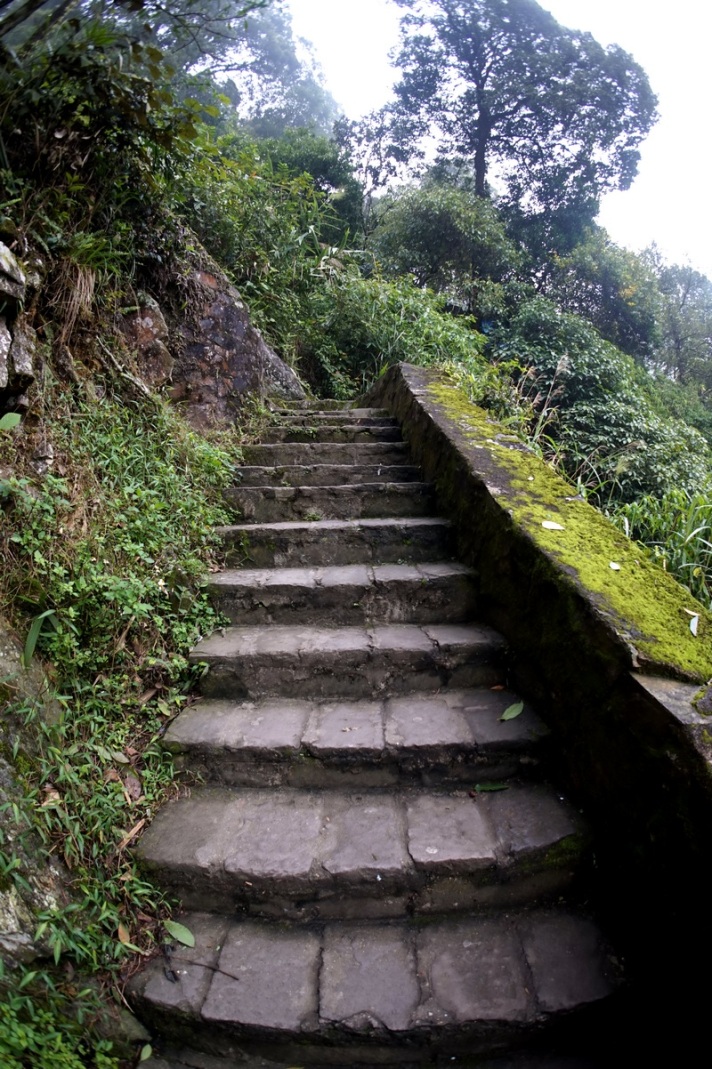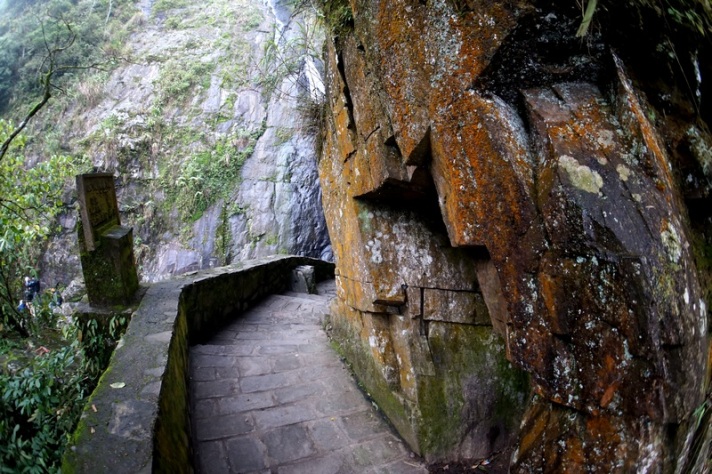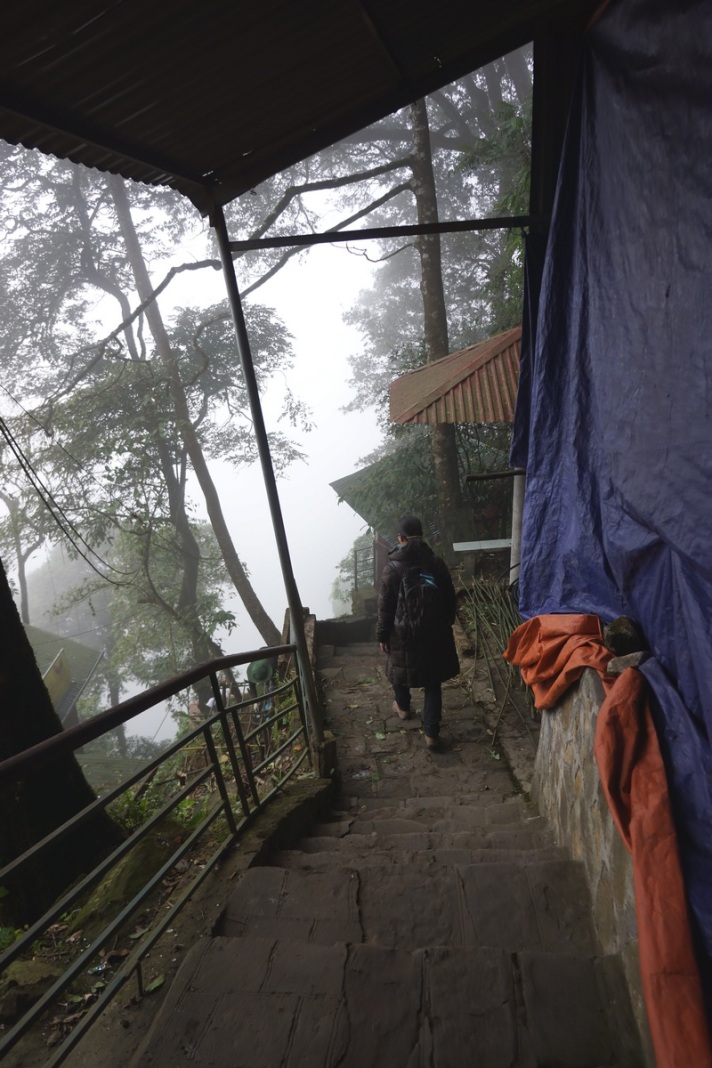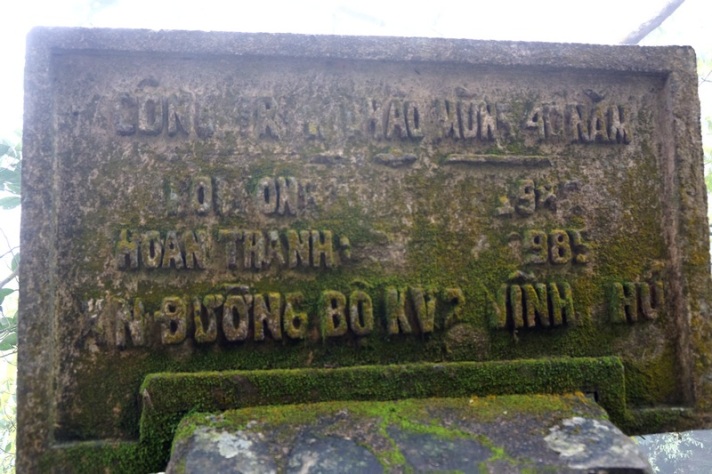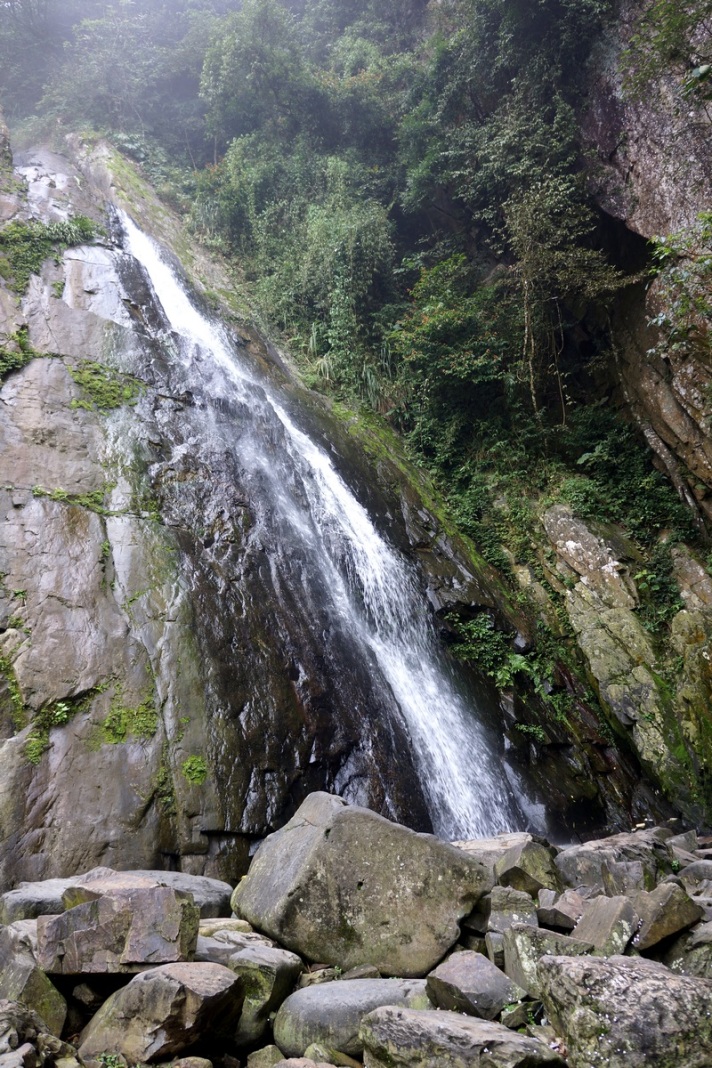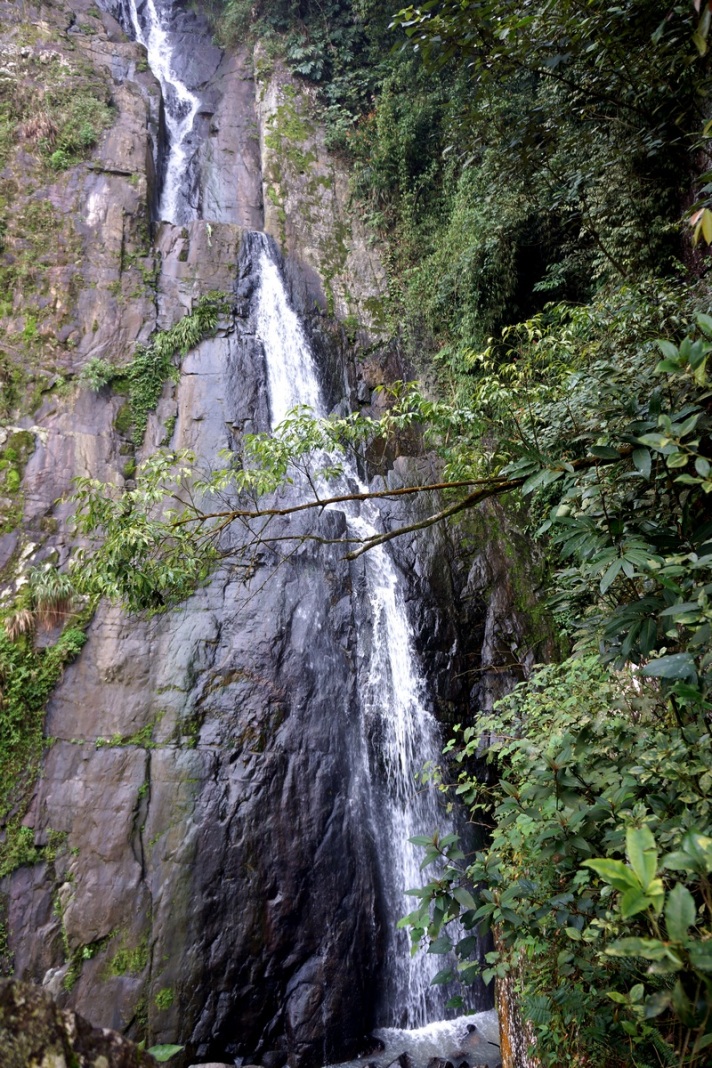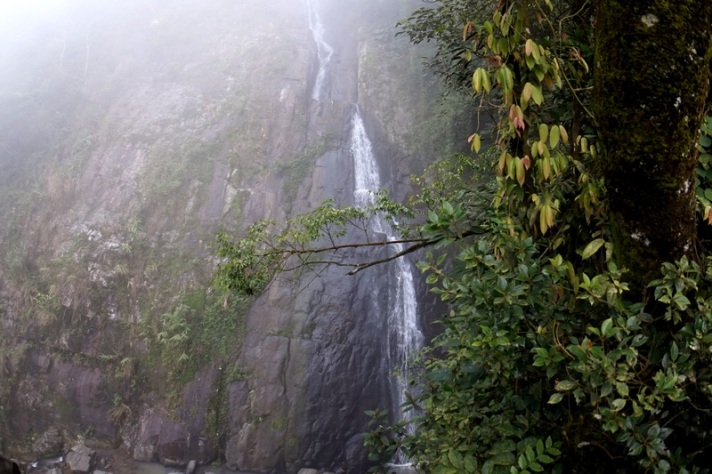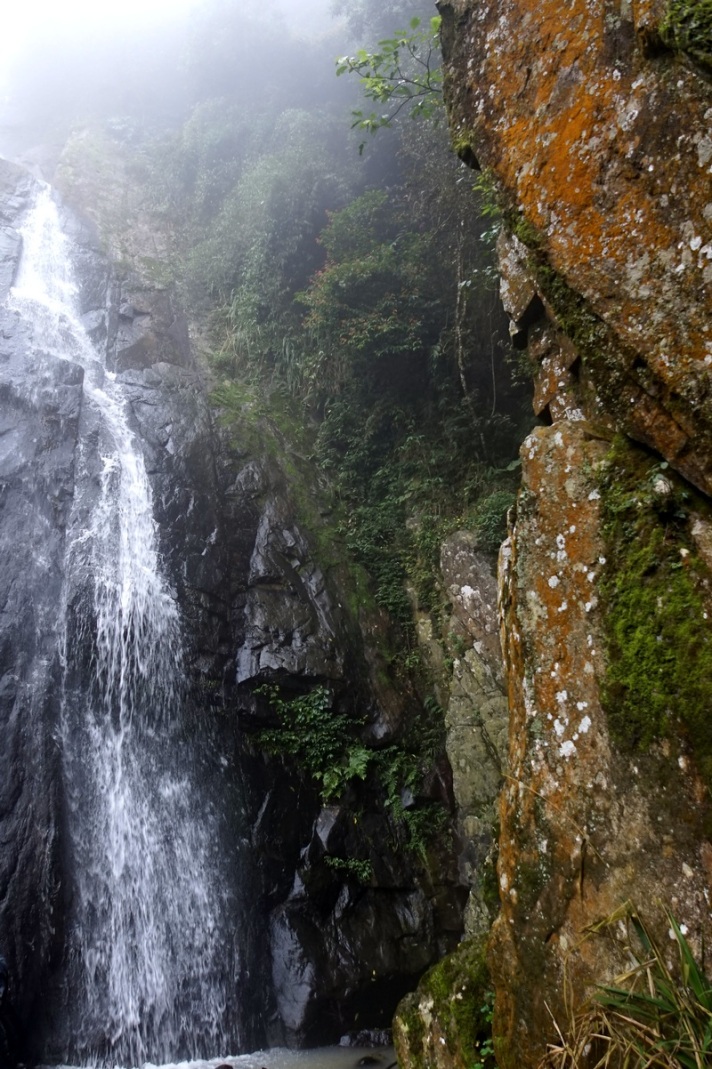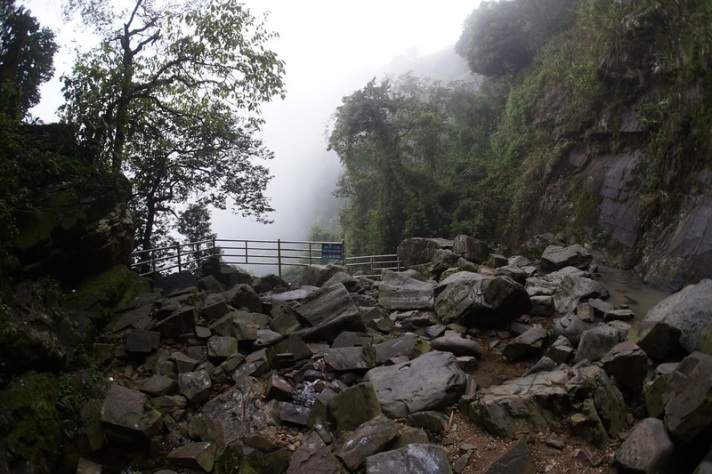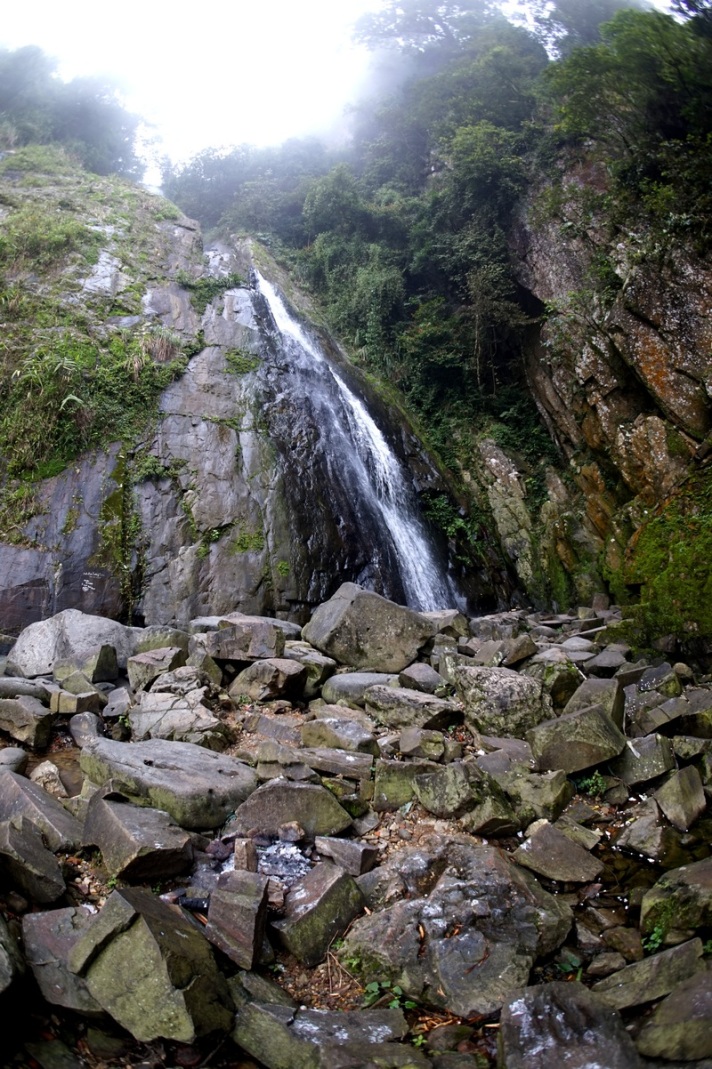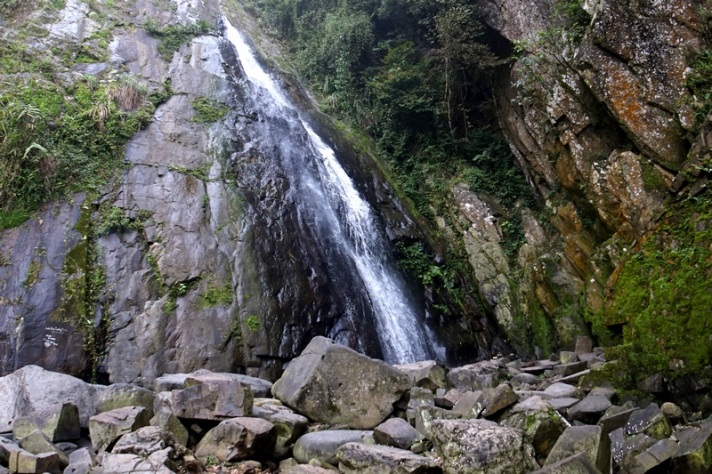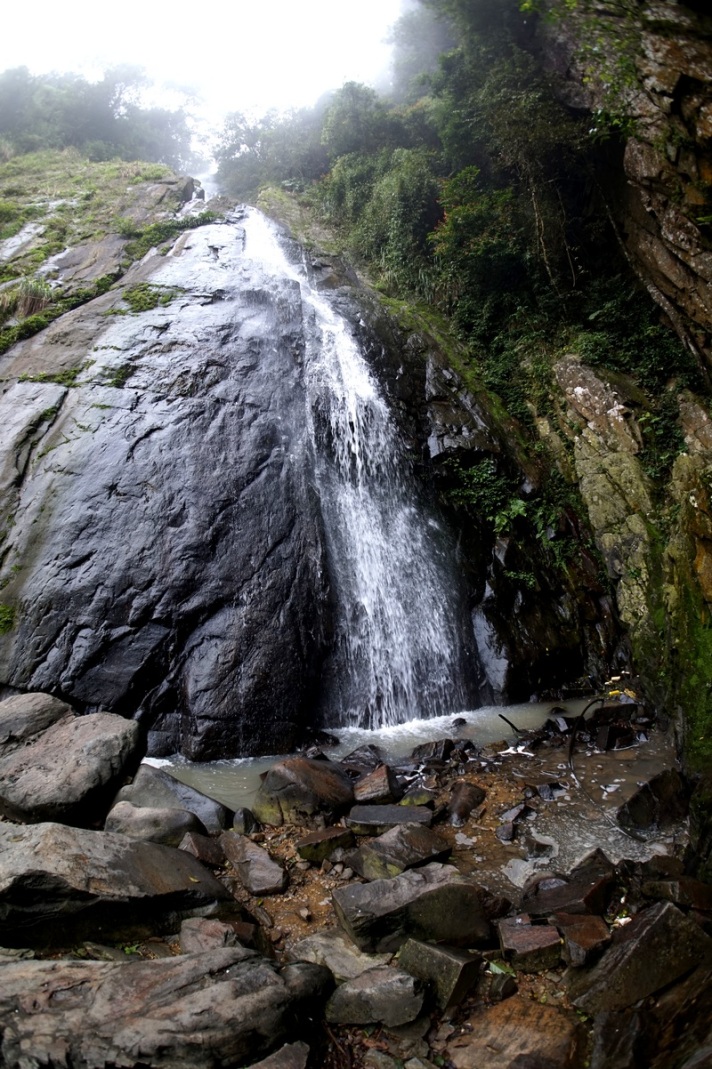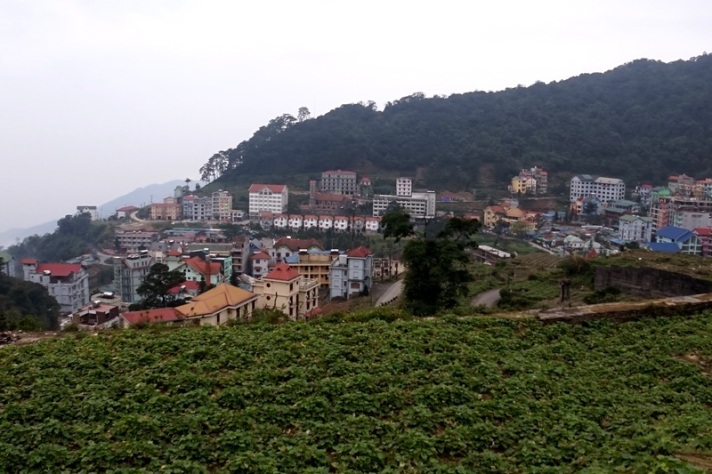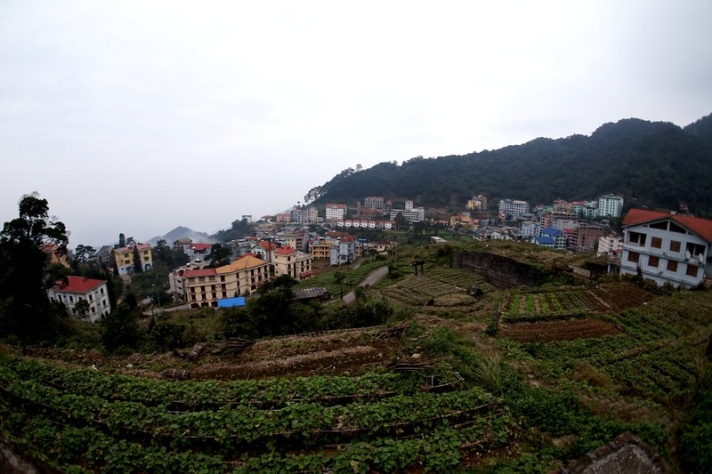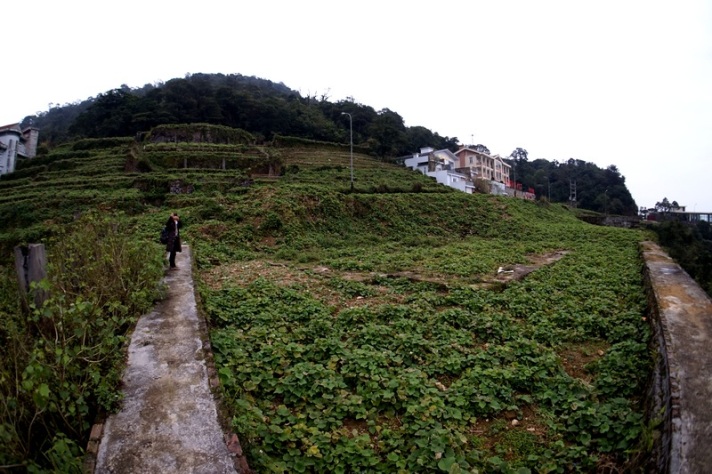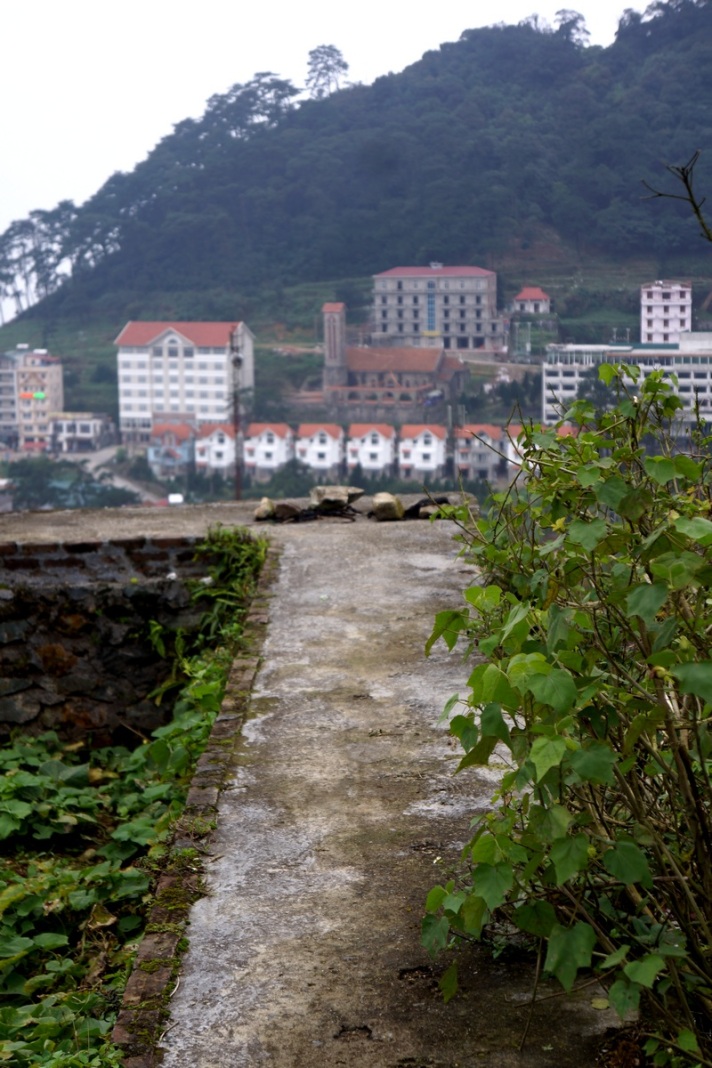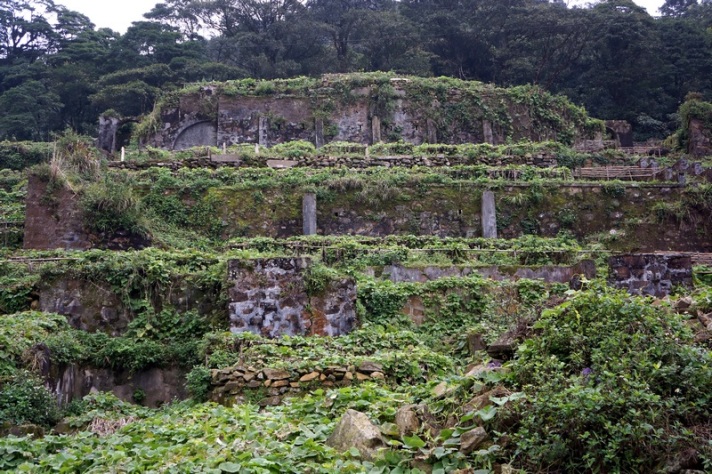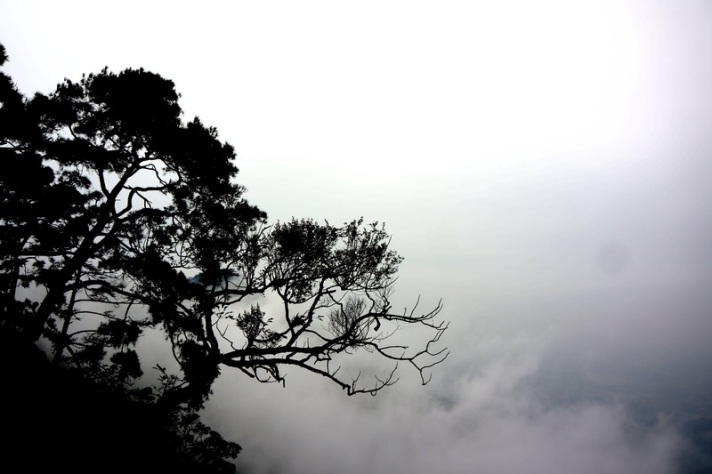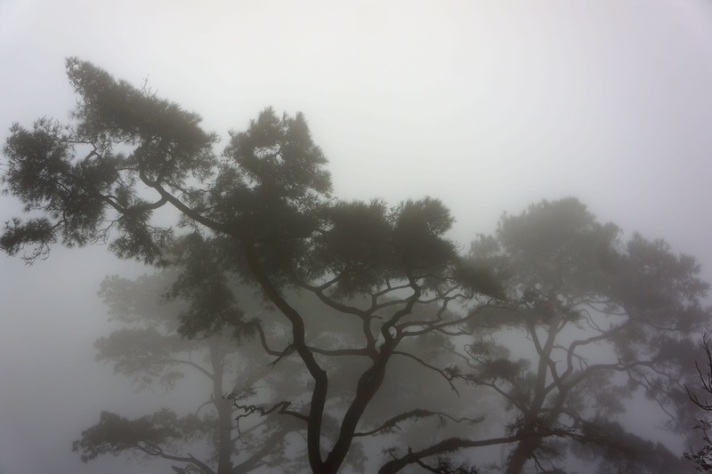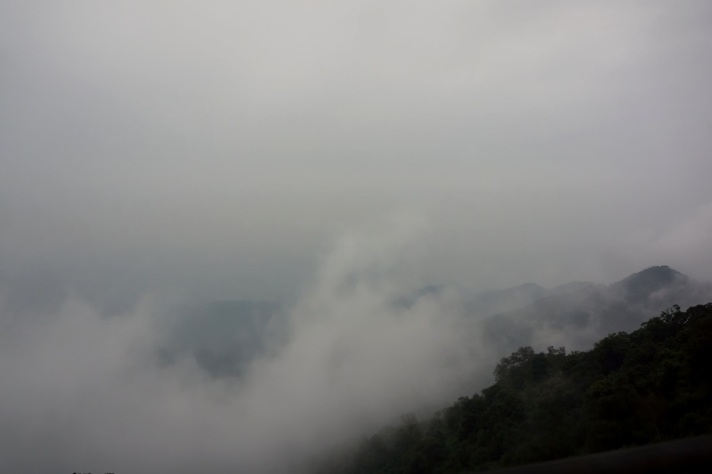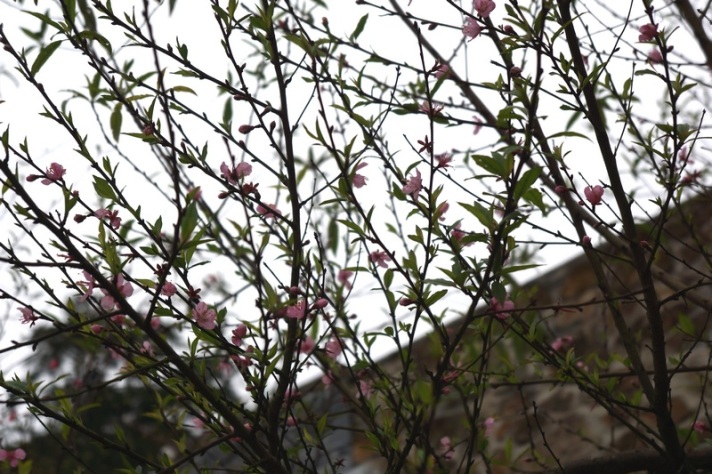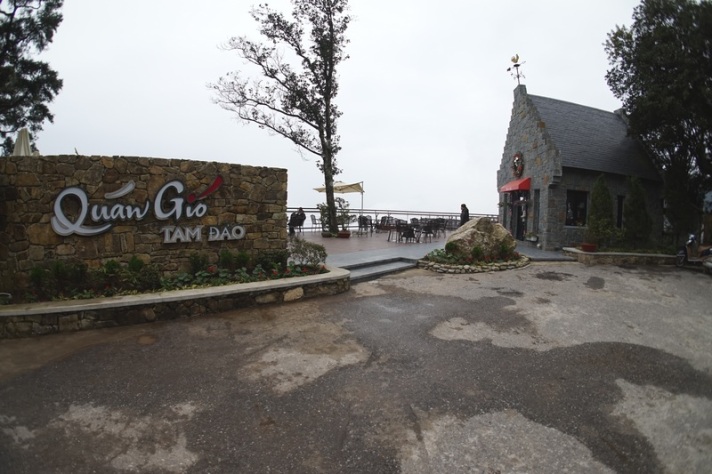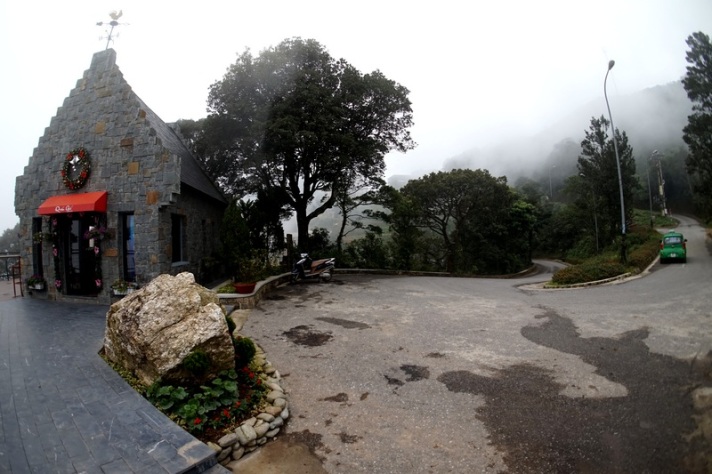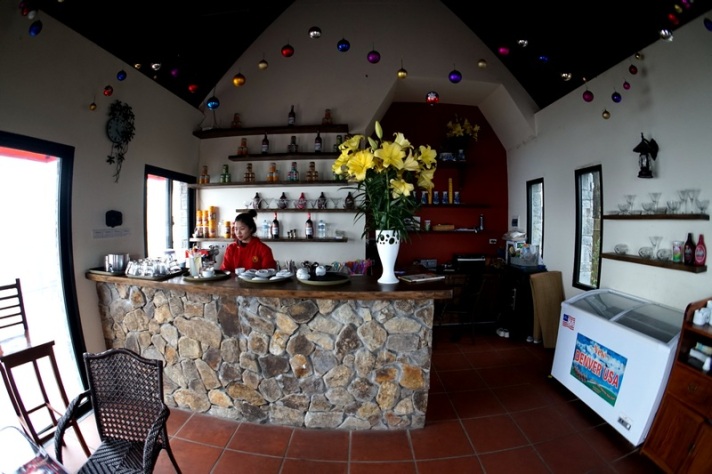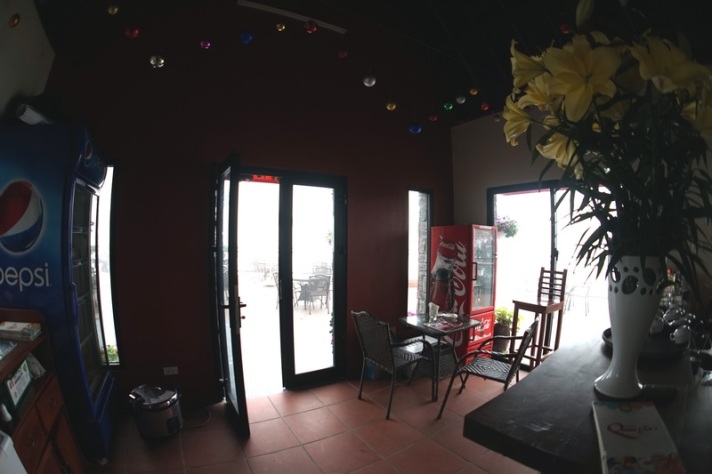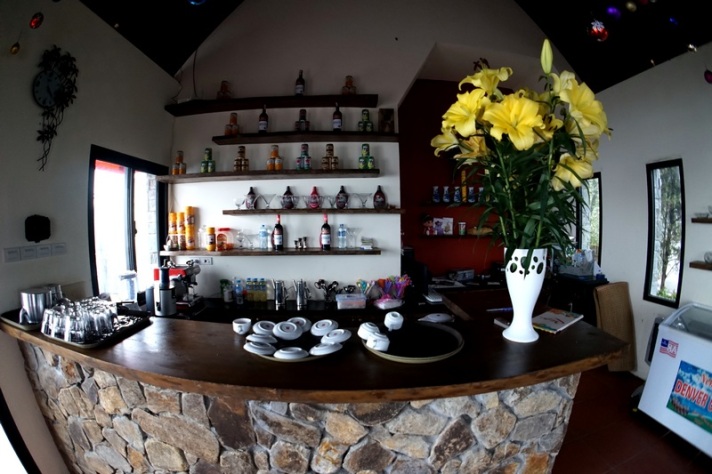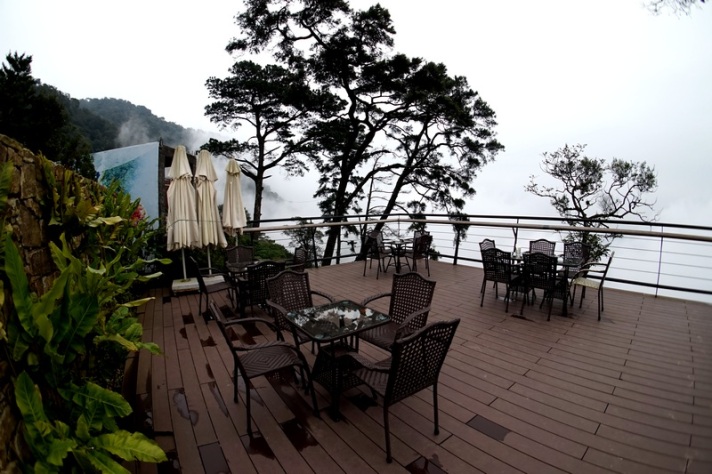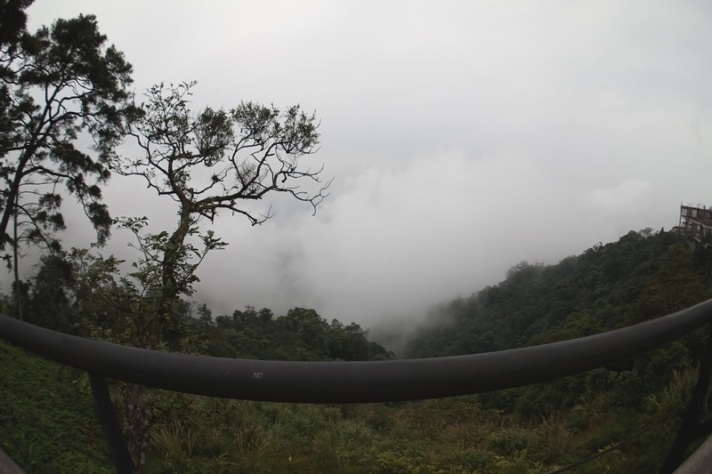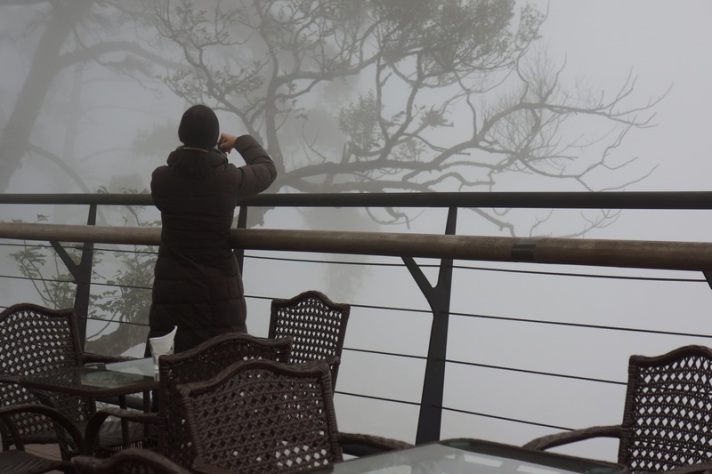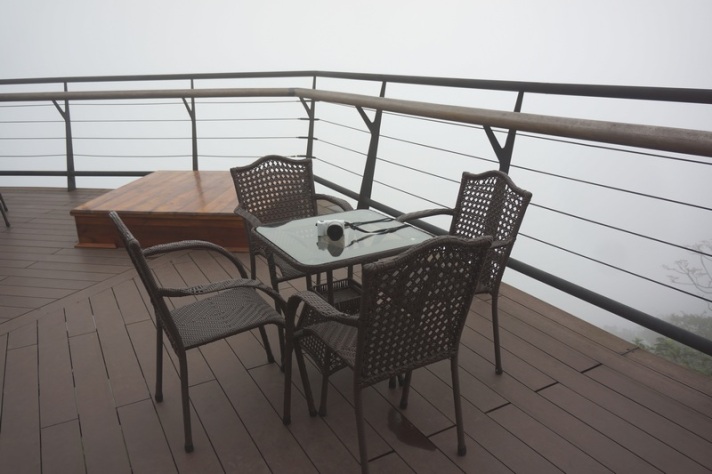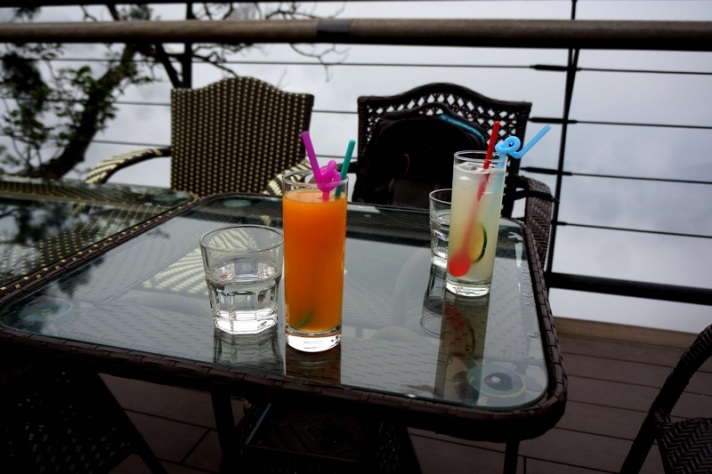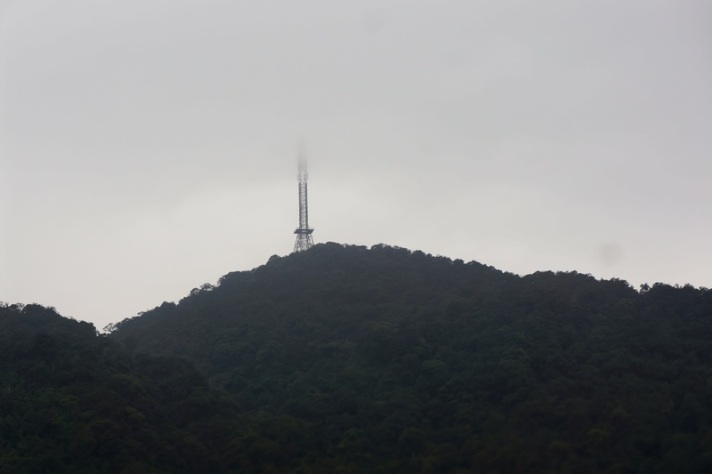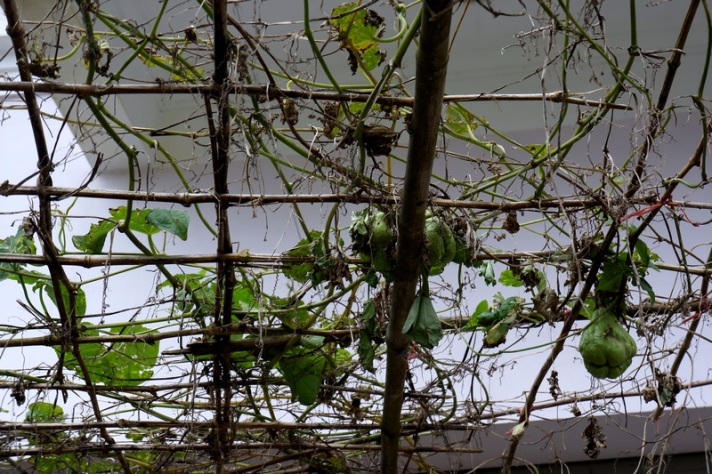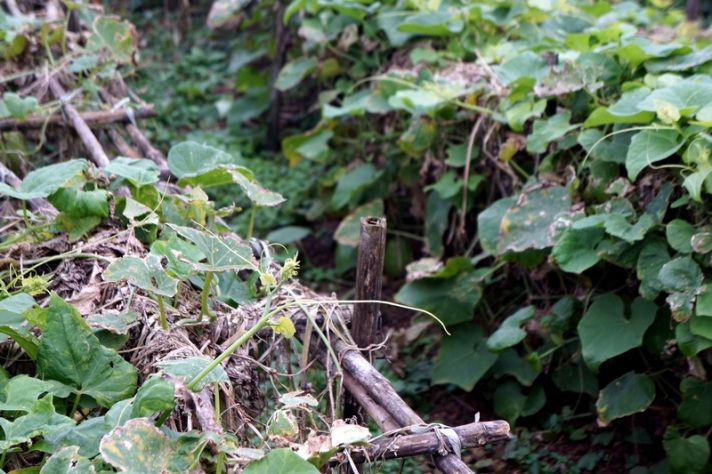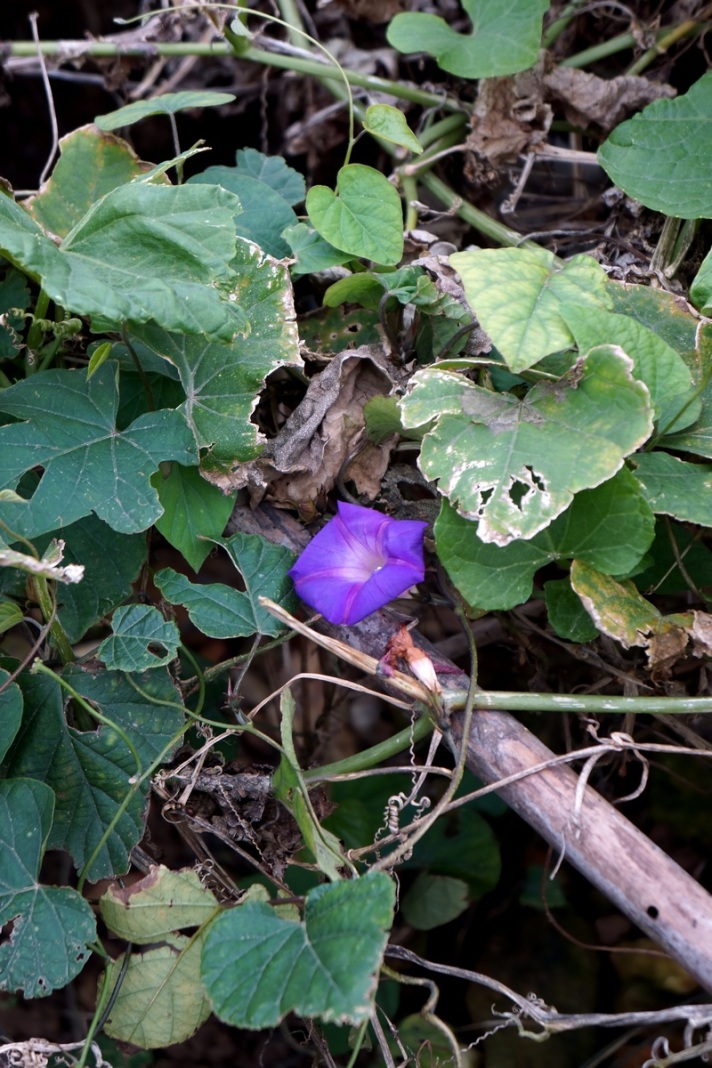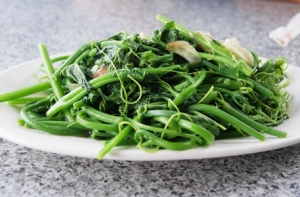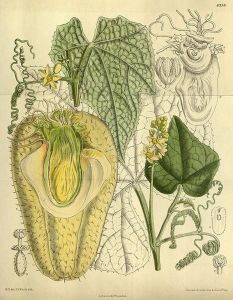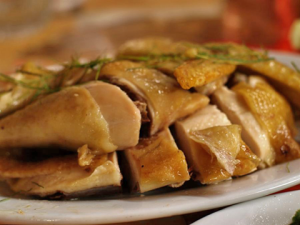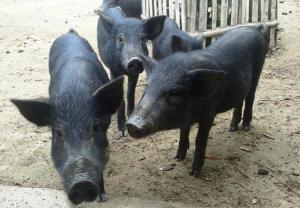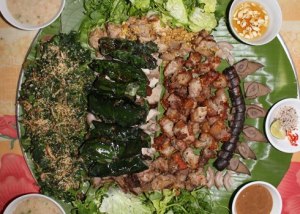Mein Name ist Pierre de Loubresse, Lieutenant der 111. Linie Infanterie-Bataillon der Tonkin Expeditionskorps (corps expéditionnaire du Tonkin).
Corps expéditionnaire français en Extrême-Orient
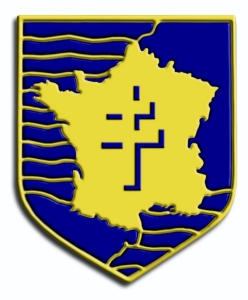
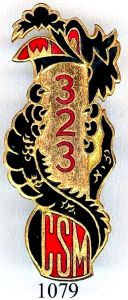
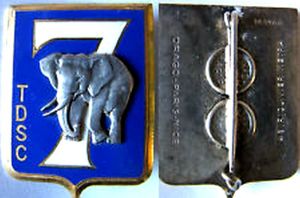
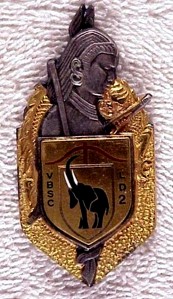
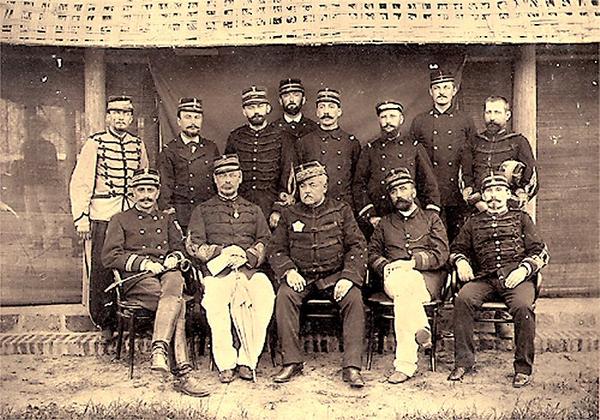
General Charles-Théodore Millot, who succeeded Admiral Courbet as commander of the Tonkin expeditionary corps in February 1884, was a firm believer in the utility of native auxiliaries. Millot believed that if native formations were given a sufficient number of French officers and NCOs, they would be far more effective in action and less prone to the indiscipline shown by the Yellow Flags. To test his theory, he organised Bertaux-Levillain’s Tonkinese auxiliaries into regular companies, each under the command of a marine infantry captain. Several companies of Tonkinese riflemen took part in the Bắc Ninh Campaign (March 1884) and the Hưng Hóa expedition (April 1884), and in May 1884 the expeditionary corps included 1,500 Tonkinese auxiliaries.
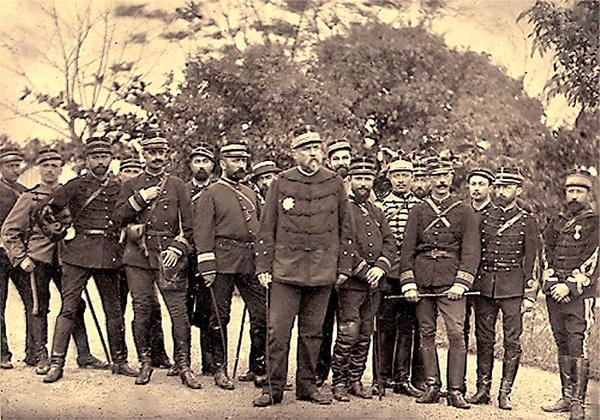
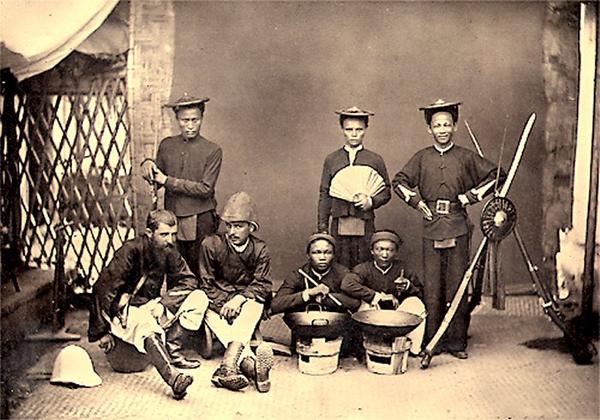
The Bắc Ninh Campaign (6–24 March 1884) was one of a series of clashes between French and Chinese forces in northern Vietnam during the Tonkin campaign (1883–86). The campaign, fought during the period of undeclared hostilities that preceded the Sino-French War (August 1884 – April 1885), resulted in the French capture of Bắc Ninh and the complete defeat of China’s Guangxi Army.
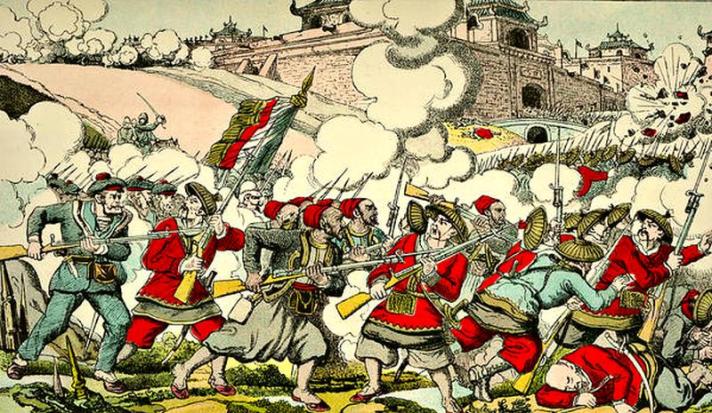
Vom 6. bis 24. März 1884 war die Stadt Schauplatz der Schlacht von Bắc Ninh. Während ihres Tonkin-Feldzuges von 1883 bis 1886 schlugen dort die Franzosen unter General Charles-Théodore Millot eine entscheidende Schlacht gegen chinesische Armeen aus Guangxi und Yunnan, vietnamesische Kräfte und die Schwarzflaggen-Partisanen (Pavillons noirs) von Liu Yongfu (Lưu Vĩnh Phúc).
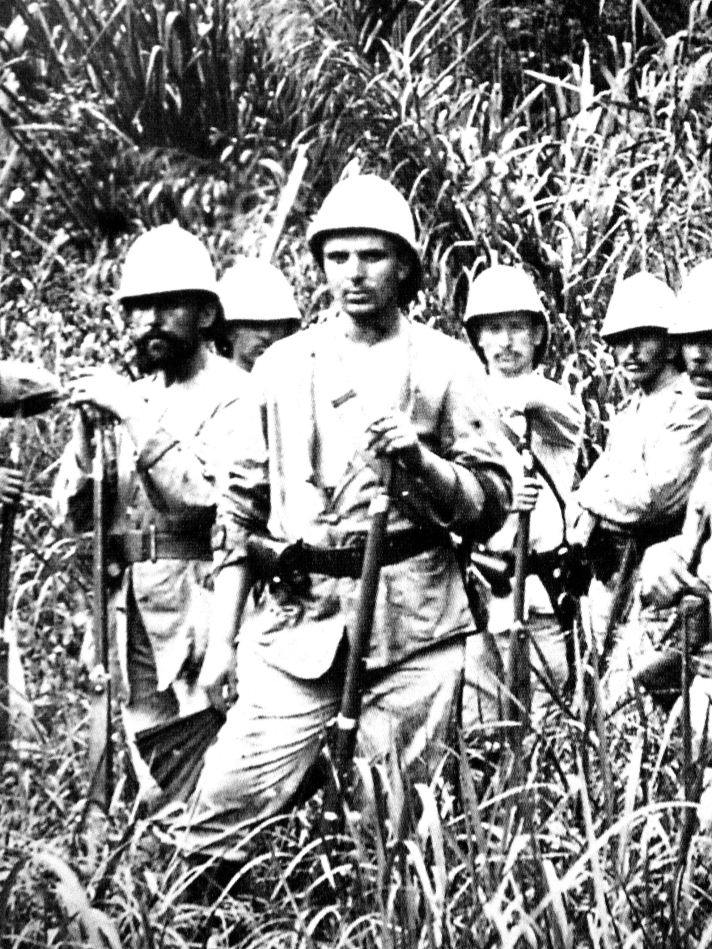
Ich schreibe das Jahr 1887 in Indochina.
126 Jahre später heißt das Land Viet Nam und gehört zu den beliebtesten Reisezielen Asiens. Ich lade Sie ein, mit mir in die Vergangenheit zu reisen. Die steinernen Zeitzeugen Indochinas verschwinden immer mehr und mit ihnen, ihre Geschichten. Einige möchte ich hier festhalten.
My name is Pierre de Loubresse, Lieutenant the 111th Line Infantry Battalion the Tonkin Expeditionary Corps (corps expéditionnaire du Tonkin)
I write this in 1887 in Indochina.
126 years later, the country is Viet Nam and is one of the most popular destinations in Asia. I invite you to travel with me in the past. The stone witnesses of Indochina are disappearing and with them, their story. Some I would like to say here.
Mon nom est Pierre de Loubresse, lieutenant du 111e bataillon d’infanterie de ligne du Tonkin Corps expéditionnaire (corps expéditionnaire du Tonkin)
Je vous écris ce en 1887 en Indochine.
126 ans plus tard, le pays est le Viet Nam et est l’une des destinations les plus populaires en Asie. Je vous invite à voyager avec moi dans le passé. Les témoins de pierre de l’Indochine sont en train de disparaître et avec eux, leur histoire. Certains Je tiens à dire ici.
Tên tôi là Pierre de Loubresse, trung úy Tiểu đoàn bộ binh 111 của Quân đoàn viễn chinh Bắc Kỳ (corps expéditionnaire du Tonkin)
Tôi viết bài này năm 1887 ở Đông Dương.
126 năm sau, mảnh đất nầy là Việt Nam và là một trong những điểm đến phổ biến nhất ở châu Á. Tôi mời các bạn đi với tôi về quá khứ. Các di tích của Đông Dương đang biến dần và với những di tích nầy, những câu chuyện của chúng . Một số chuyện tôi muốn nói ở đây.
Situé à environ 80 km d’Hanoï, Tam Dao est une destination idéale pour partir en week end au Nord Vietnam. Cette petite ville est nommée « Tam Dao » car elle abrite trois montagnes : Thach Ban, Thien Nhi, Mang Chi, à 1000 mètres d’altitude, immergeant tout le temps d’une mer des nuages. La température est environ de 18 à 25 degrés, favorable pour s’offrir un séjour reposant.
Le parc national de Tam Dao ou parc national de Tam Đảo (Vườn quốc gia Tam Đảo) est un parc national situé sur le massif de Tam Dao – Trois monts sur les provinces de Vĩnh Phúc, Tuyen Quang et Thai Nguyen au Viêt Nam.
Located about 80 km from Hanoi, Tam Dao is an ideal destination for a weekend getaway in North Vietnam. This small town is named “Tam Dao” because it is home to three mountains Thach Ban, Thien Nhi, Mang Chi, 1000 meters above sea level, submerging all the time with a cloud sea.
The temperature is about 18 to 25 degrees, enabling to offer a relaxing stay. National Park Tam Dao is a national park located on the mountain of Tam Dao – Three Mountains on the provinces of Vinh Phuc, Tuyen Quang and Thai Nguyen in Vietnam
Liegt etwa 80 km von Hanoi ist Tam Dao ein ideales Ziel für einen Wochenende Ausflug in Nordvietnam. Die kleine Stadt ist mit dem Namen “Tam Dao”, weil sie die Heimat von drei Bergen Thach Ban, Thien Nhi, Mang Chi ist. Sie liegt 1000 Meter über dem Meeresspiegel, untertaucht die ganze Zeit mit einer Wolke Meer. Die Temperatur beträgt etwa 18 bis 25 Grad, so dass für einen erholsamen Aufenthalt biete.
Nationalpark Tam Dao ist ein Nationalpark auf dem Berg von Tam Dao . Drei Gebirge auf der Provinzen Vinh Phuc, Tuyen Quang und Thai Nguyen in Vietnam.
Năm 1906, Phủ Toàn quyền Đông Dương quyết định xây dựng trạm nghỉ mát này. Bên cạnh những căn nhà nghỉ của Công sứ Vĩnh Yên và của Phủ Thống sứ, cho đến tận năm 1912 ở Tam Đảo hầu như chỉ có nhà ở của lính tráng. Nhà hàng Thác Bạc (Hôtel – Restaurant de la Cascade d’Argent) là khách sạn đầu tiên năm 1913, đầy đủ tiện nghi với 16 phòng và lớn nhất tại Tam Đảo. Lúc đầu khách sạn có hai tầng, sau lên năm tầng với 63 phòng. Nay là nhà khách tỉnh Vĩnh Phúc.
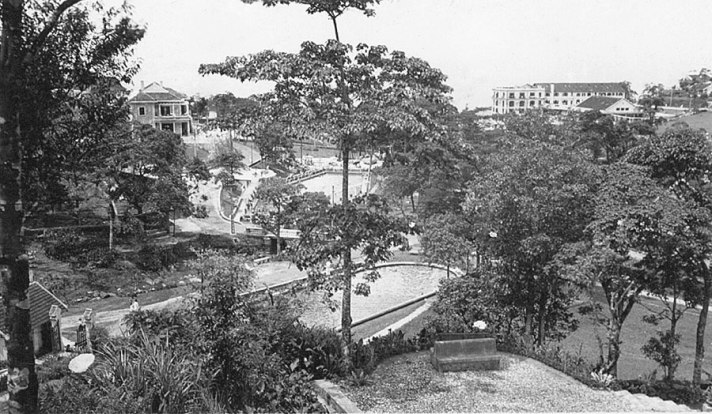
Tam Dao – Ancient
There are two sites for tourists in the park. The first is Tam Đảo town which was established in 1907. Tam Đảo is nestled in a valley covering only 3 km2. There now remain a stone church, some villas and palaces built by French colonists. It has Thac Bac (The Silver Fall), Rung Rinh peak and Tam Đảo 2, a remnant of another resort built many years ago.
The second tourist location is Tay Thien site. It includes Tay Thien Quoc Mau Temple (literally The „Temple of East Heaven National Mother“) and many pagodas. Along with Thien Vien Truc Lam (literally: „Dhyana Palace in Bamboo Forest“) in Da Lat and Yen Tu, Thien Vien Truc Lam Tay Thien is a center of Vietnamese Buddhism.
Tam Đảo có 4 mùa trong một ngày. Sáng thức dậy, có cảm giác lành lạnh với sương mù. Khi mặt trời ửng nắng, có những cơn gió có chút hơi ấm mùa xuân. Đến trưa là nóng ấm mùa hạ, chiều về lại lãng đãng heo may mùa thu. Và tối đến sẽ là lạnh giá với sương mù mùa đông.
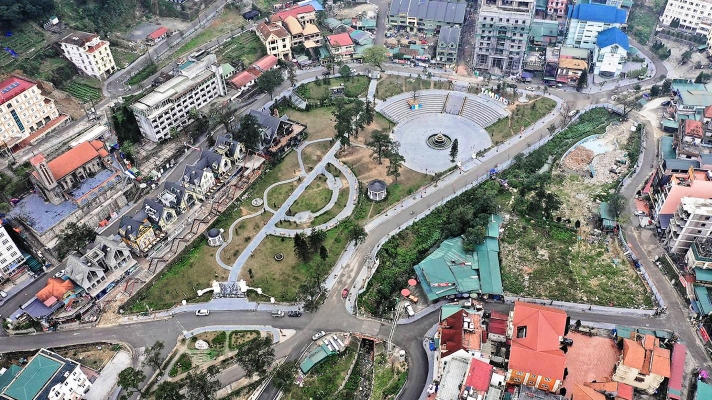

L’ancienne cathédrale française de Tam Dao
L’église a été construite en 1906 comme une maison sur pilotis modeste puis reconstruite en 1937 avec de la pierre et selon le style gothique. C’est l’une des quatre églises de pierre les plus célèbres au Vietnam, avec Phat Diêm (Ninh Binh), de Sa Pa (Lao Cai) et de Nha Trang (Khanh Hoà).
The church was built in 1906 as a modest house on stilts and rebuilt in 1937 with stone and according to the Gothic style. This is one of the most famous four stone churches in Vietnam, with Phat Diem (Ninh Binh), Sa Pa (Lao Cai) and Nha Trang (Khanh Hoa).
Nhà thờ Tam Đảo được xây dựng từ năm 1906, nhà sàn lợp lá. Ngôi thánh đường xây dựng theo kiến trúc kiểu Gothic. Đến năm 1937 xây lại to đẹp, kiên cố với vật liệu đá, gạch, gồm: Nhà thờ không có trụ, rộng 12mx22m, gian cuối 2 tầng, tầng trên dành cho ca đoàn. Hai bên vách trong thánh đường bố trí từng khoang nhỏ (2m) treo các chặng đường thánh giá. Hông phải nhà thờ nằm gần vách núi. Hông trái nhà thờ, phía cửa chính là tháp chuông cao 18 mét. Nhà thờ tọa lạc trên nền kè cao khoảng 5 mét, có hai cầu thang bằng đá xanh lên tiền diện và hậu diện. Giữa hai cầu thang là bức tường xây cuốn hình cánh hoa to đựng nước phép, hứng nguồn nước ngầm trên núi.
Đây là một trong bốn nhà thờ đá nổi tiếng ở Vietnam : nhà thờ đá cổ Sa Pa (Lào Cai), nhà thờ đá Nha Trang (Khánh Hòa), nhà thờ đá Phát Diệm (Ninh Bình).
La cascade d’Argent
Ce nom vient des français qui ont donné ce nom à la plus belle cascade de Tam Dao. L’eau limpide tombe d’une hauteur de 50 mètres et forment des vagues et brumes fantaisistes.
This name comes from French who gave this name to the most beautiful waterfall Tam Dao. The clear water falls from a height of 50 meters and form waves and mist fanciful.
Thác Bạc do suối Mơ, suối Bạc và suối Tiên đổ vào. Thác Bạc là dòng suối nhỏ khoảng 50m ào ào nước chảy cùng tiếng rừng, tiếng lá dội vào vách đá, Thác Bạc hút xuống thung lũng sâu với dòng nước trắng bạc và lóng lánh ánh mặt trời.
La porte du ciel
Cette arrête qui offre une vue panoramique sur la ville ne vous décevra pas. On se sent entre terre et ciel, parmi les vagues de nuages caressant les montagnes et les branches des centenaires.
This stops that offers panoramic views of the city does not disappoint. It feels between earth and sky, among the clouds caressing waves of mountains and branches centenary.
Một địa danh không thể bỏ qua khi tới Tam Đảo đó là Cổng trời, từ thị trấn Tam Đảo đi thẳng lên nhà thờ Pháp rẽ trái là Cổng trời. Đứng trên Cổng trời bạn có thể nhìn thấy toàn bộ thị trấn Tam Đảo mờ mờ, huyền ảo trong sương khói và cảm nhận được không khí yên bình nơi đây.
Le mont « Rung rinh »
C’est un autre site qui nous offre une belle vue sur la ville. Près de ce mont, on découvrira un espace nommé Tam Dao 2. Ces lieux étaient la station idéale de villégiature des français à l’époque de la colonisation, depuis elle a été oubliée.
This is another site that offers a beautiful view of the city. Near this mountain, we discover a space named Tam Dao 2. These places were the ideal holiday resort in French at the time of colonization, since it has been forgotten.
Đỉnh Rùng Rình với nhiều cây cối, đồi núi đẹp như trong tranh, tới đây bạn không chỉ được chiêm ngưỡng rất nhiều loài phong lan cùng nghe tiếng chim hót ríu rít và bướm lượn.
Quán Gió Tam Đảo
Tháp truyền hình
Tam Đảo Culinary
1.Susu Tam Đảo
Die Chayote (Sechium edule) ist eine rankende Pflanze der Subtropen und Tropen, deren essbare Früchte ebenfalls Chayote genannt und als Gemüse angebaut werden.
4. Chuối ngự Tam Đảo
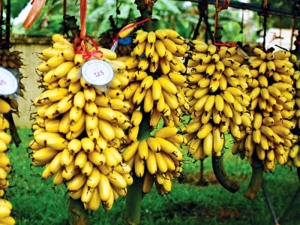
5. Trúc Tam Đảo
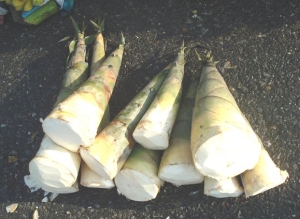
6. Thịt tái bò kiến đốt
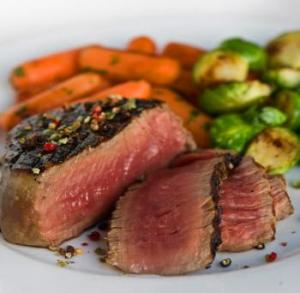
7. Cá bống suối
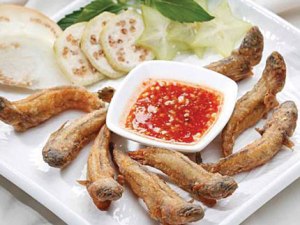
8. Cá tầm
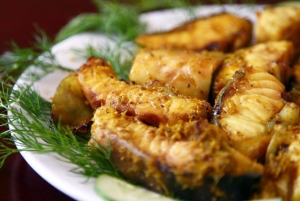
9. Nấm hương
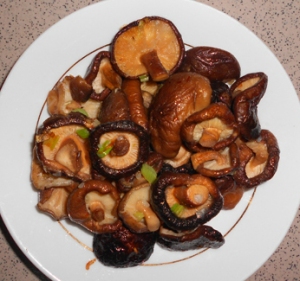
10. Bánh Tro chấm mật
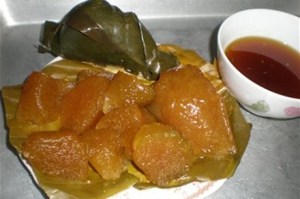
11. Bánh quấn Tam Đảo
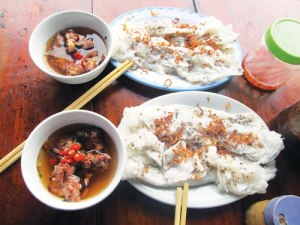
______________________________________________________________
Literatur :
[1] Wikipedia
